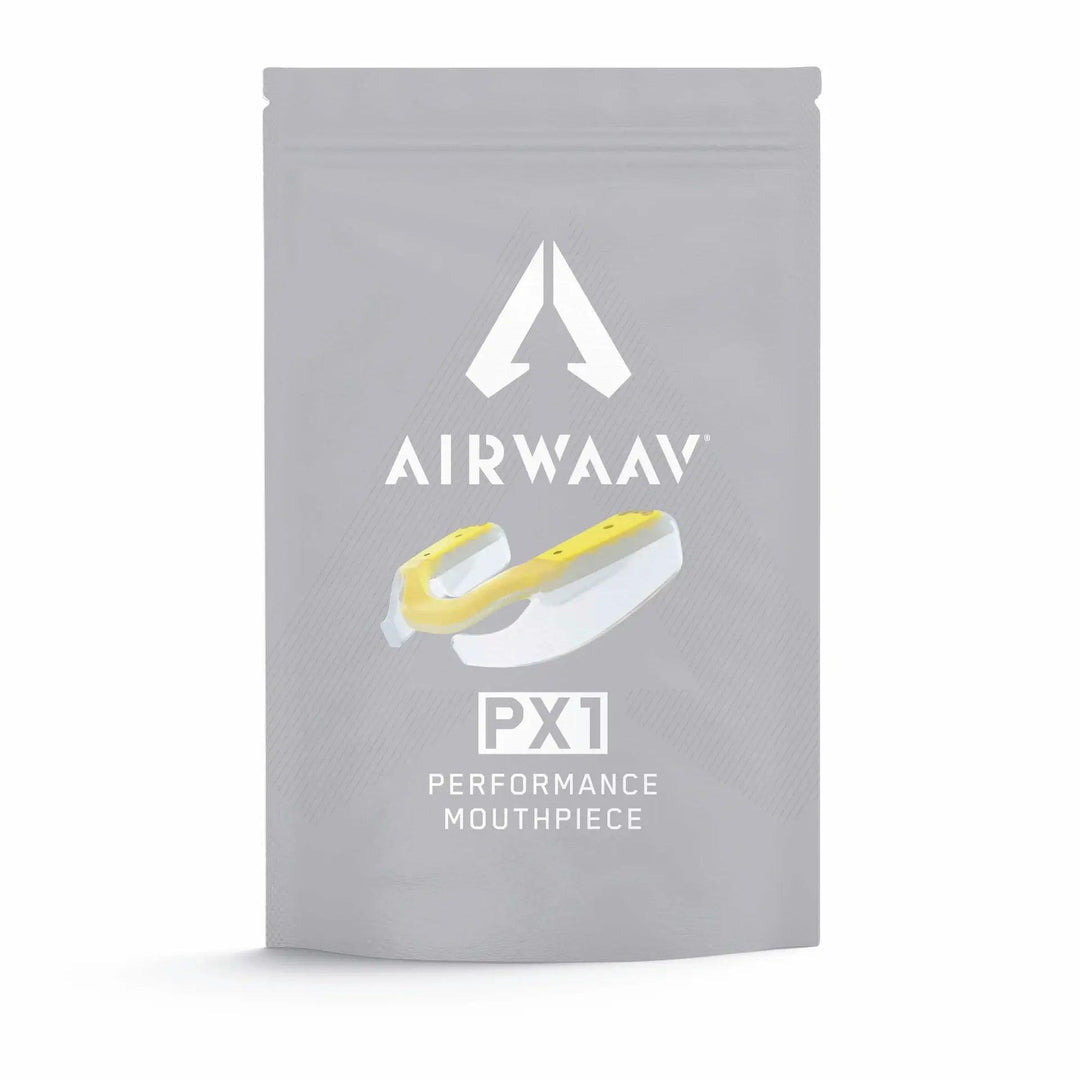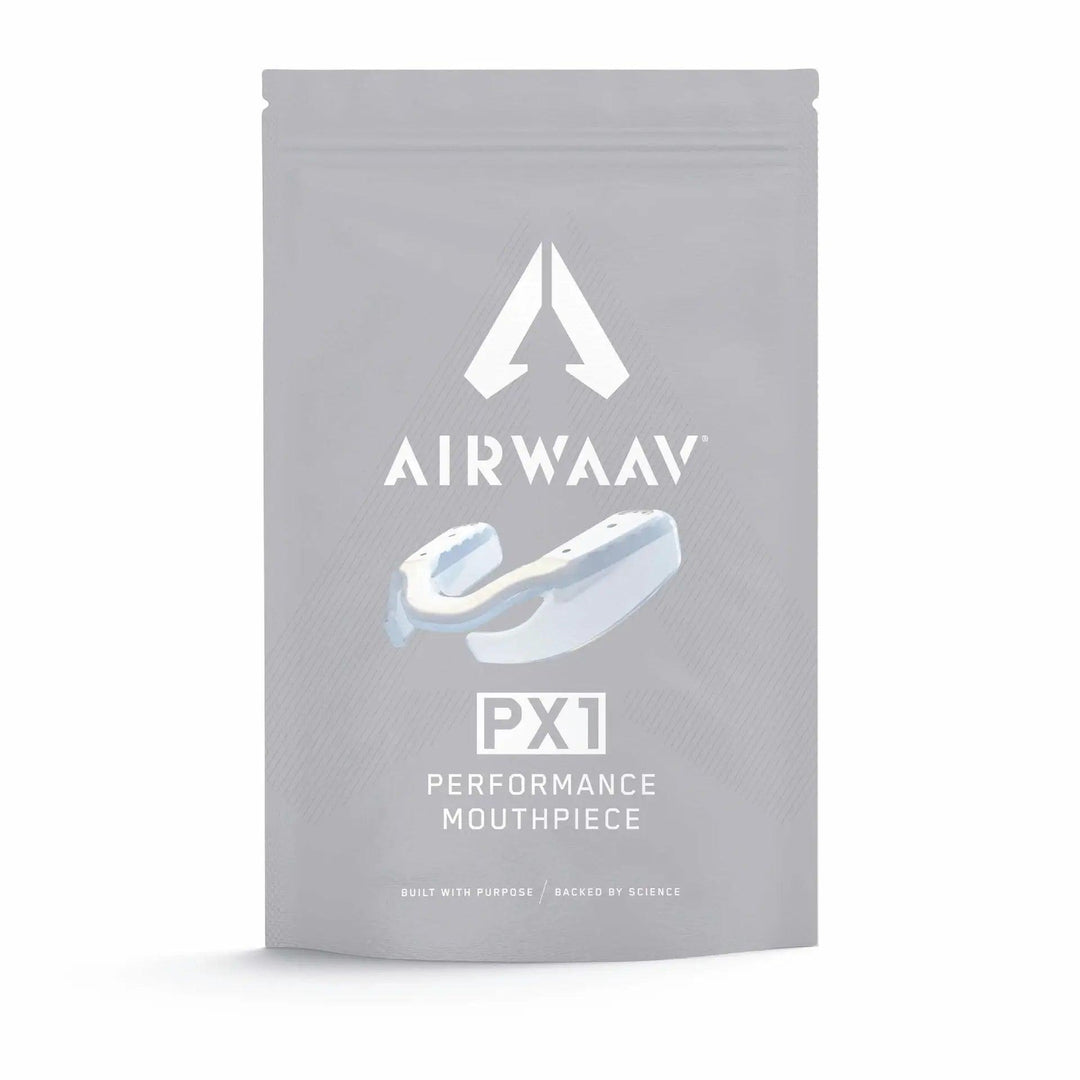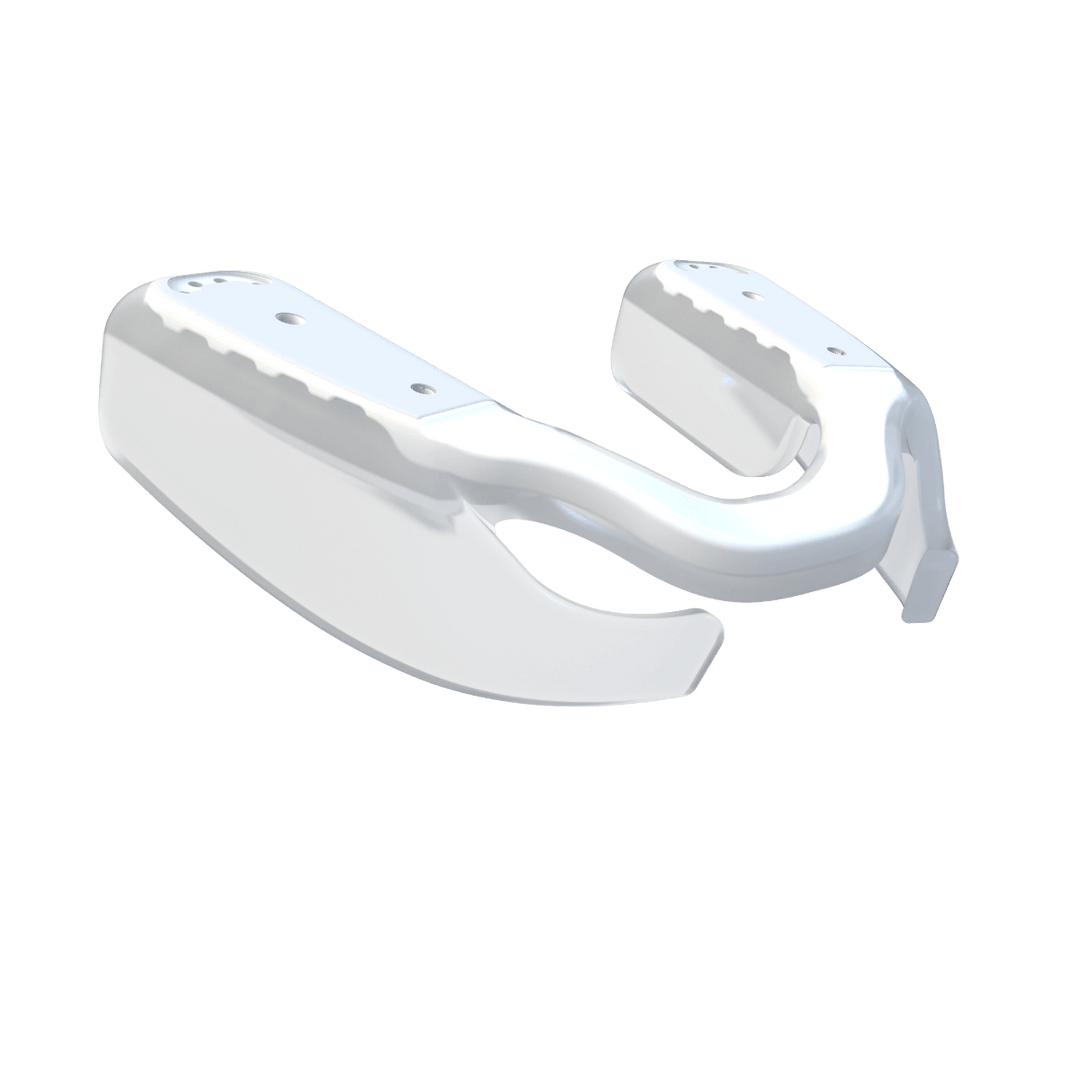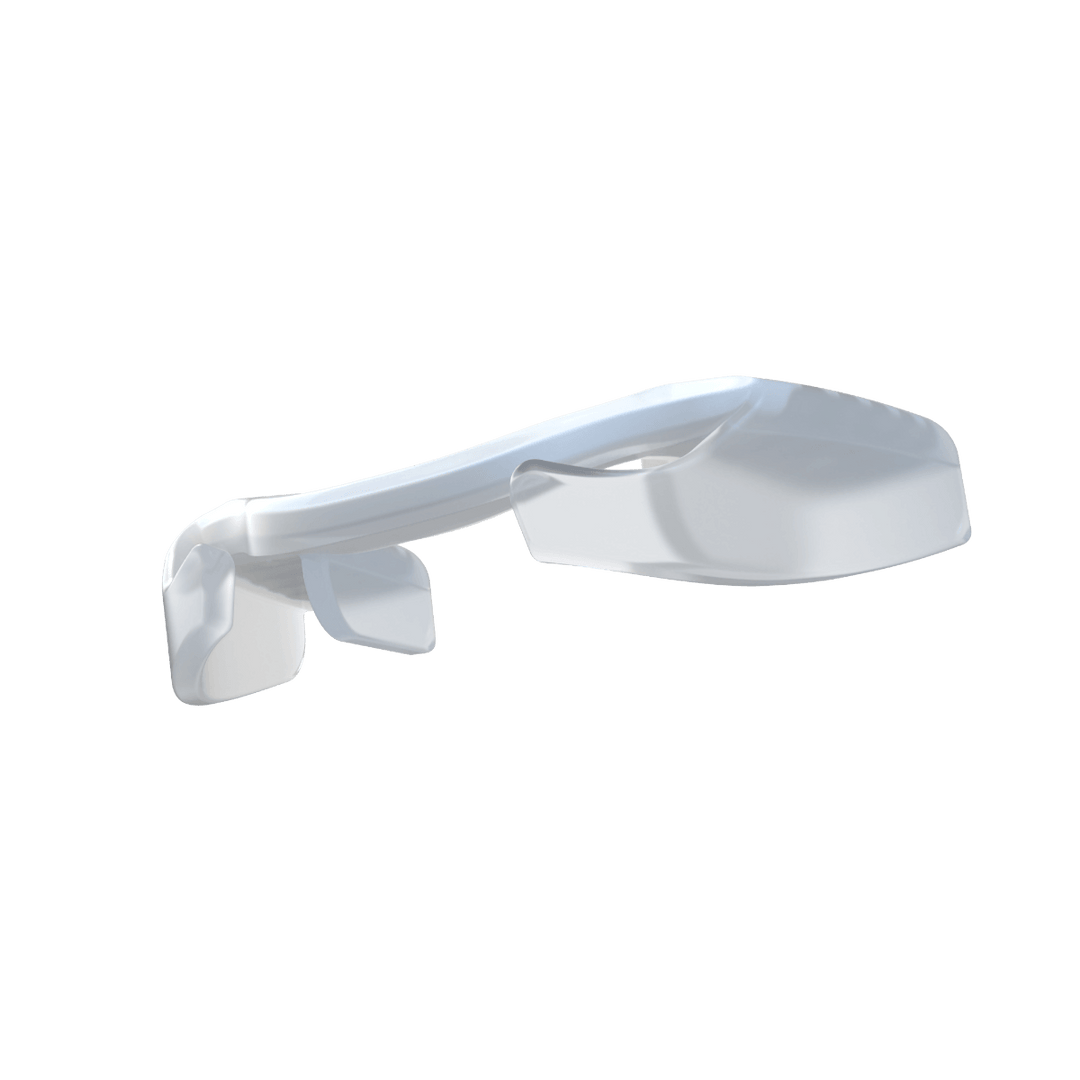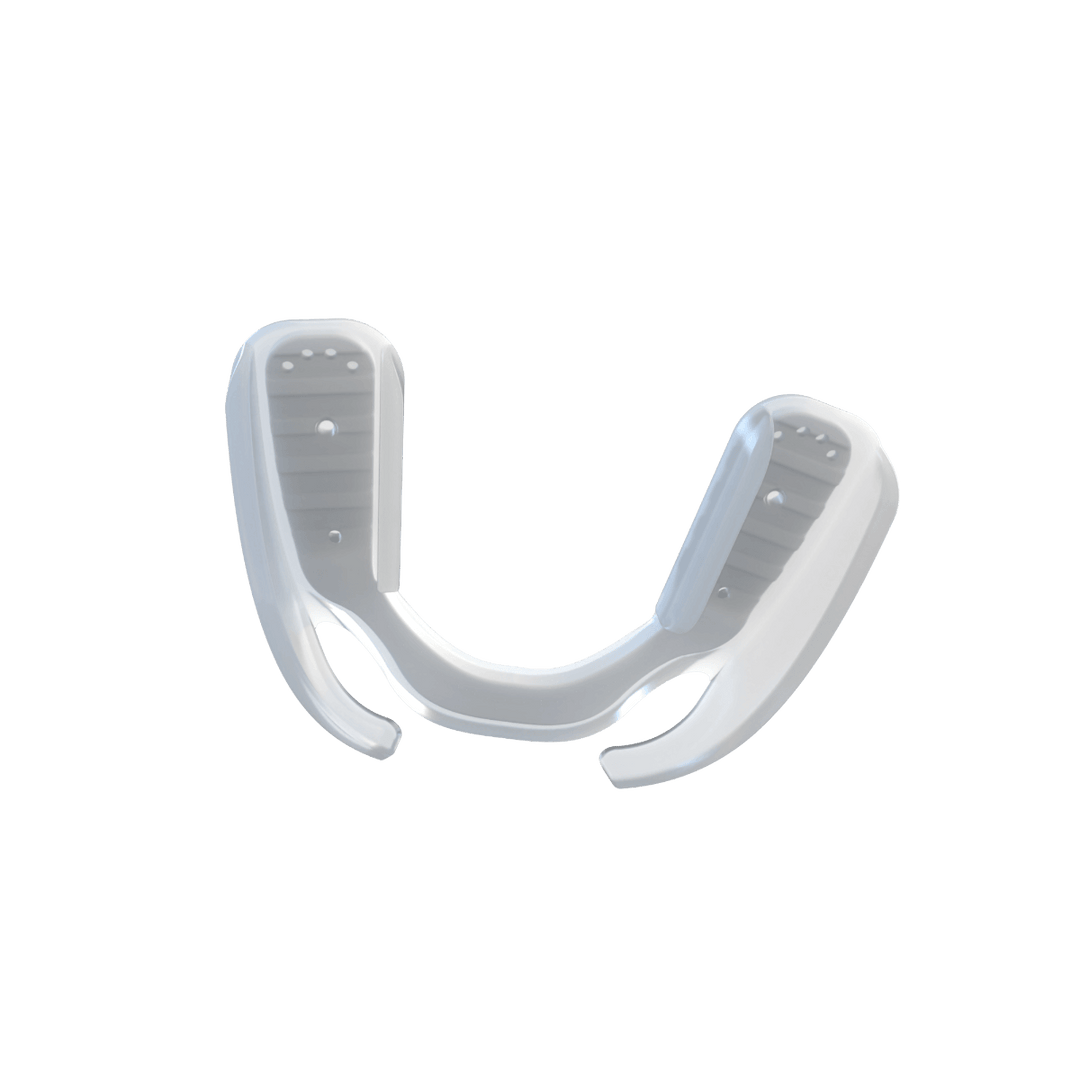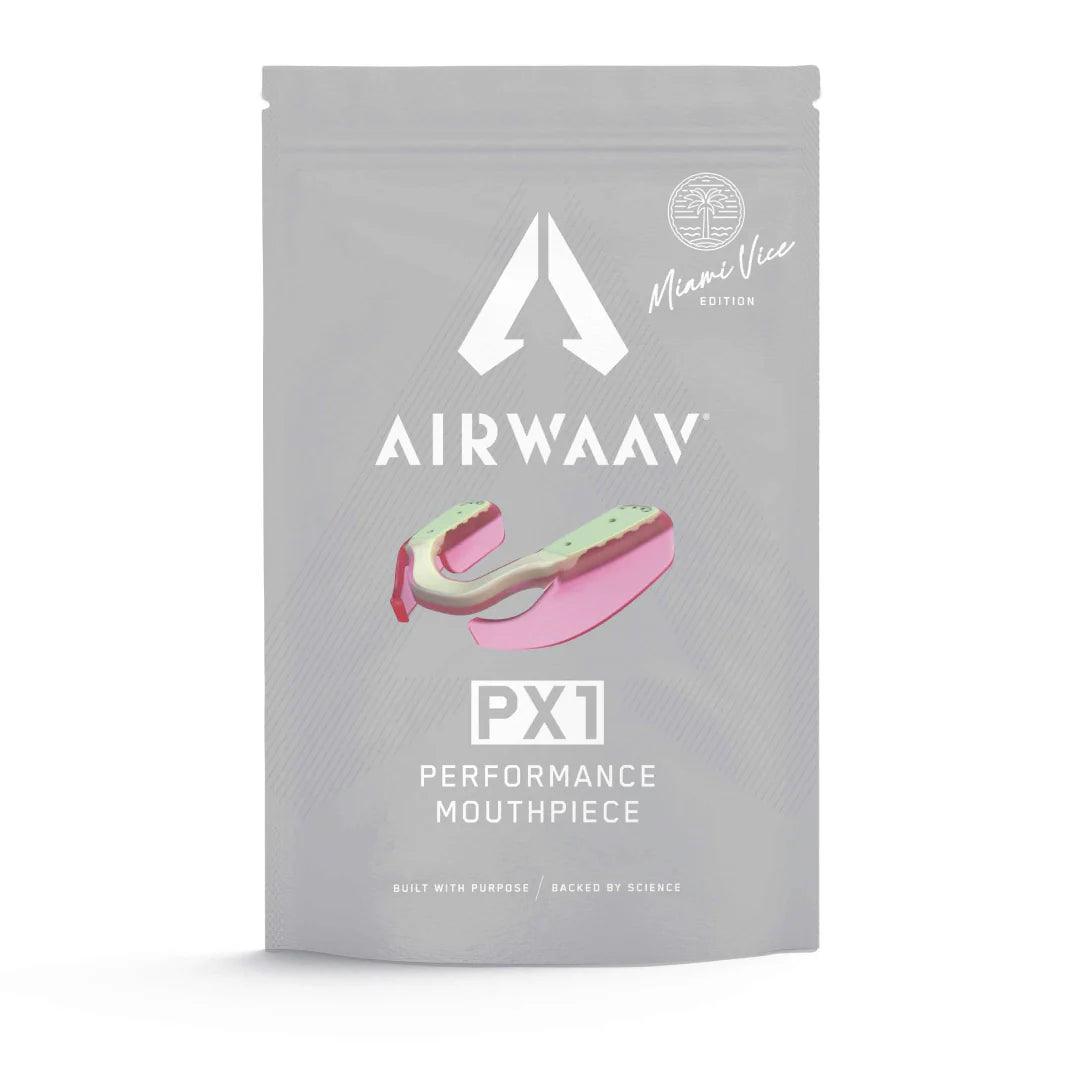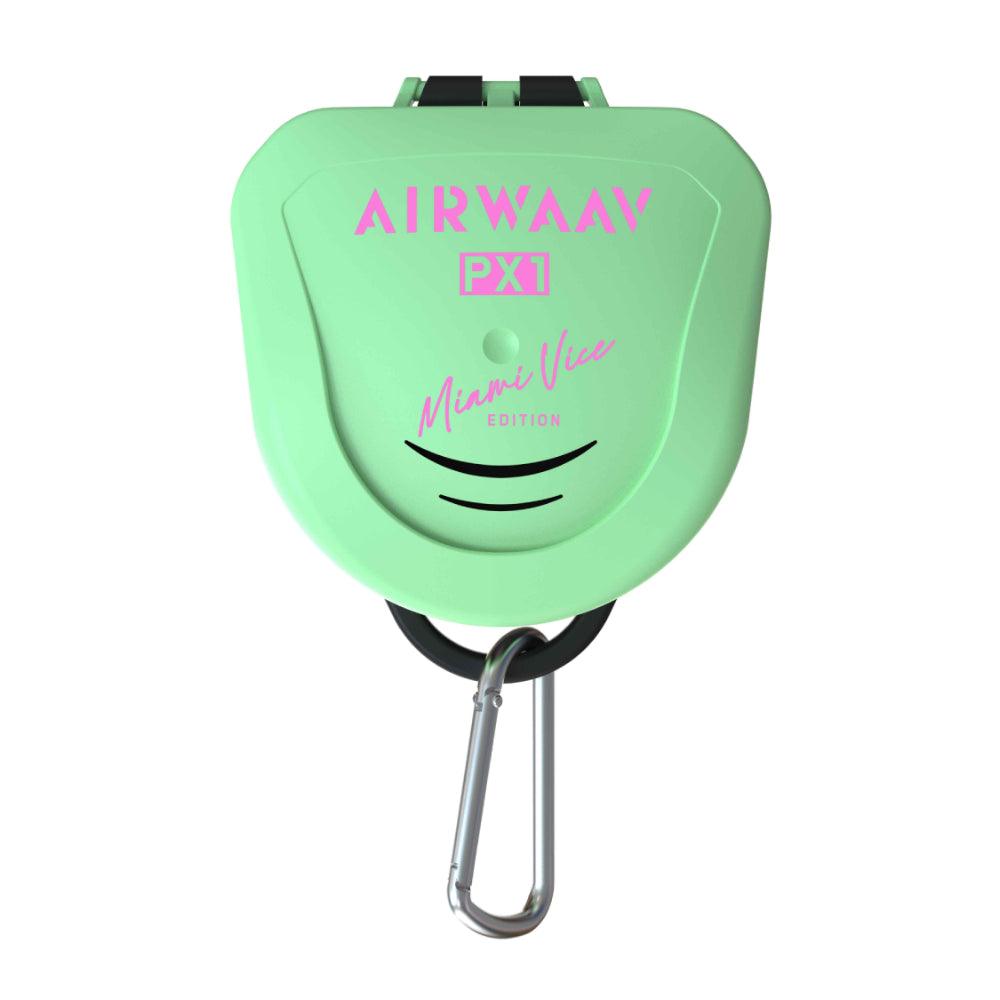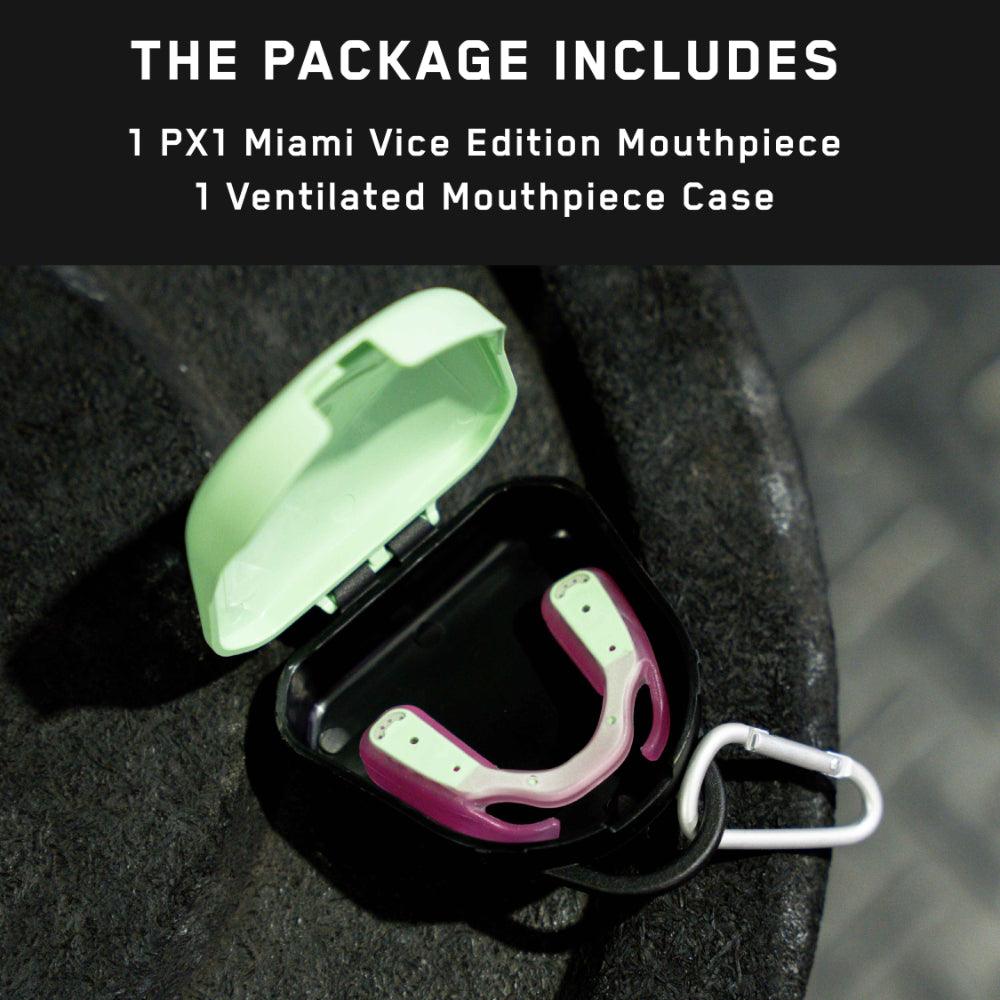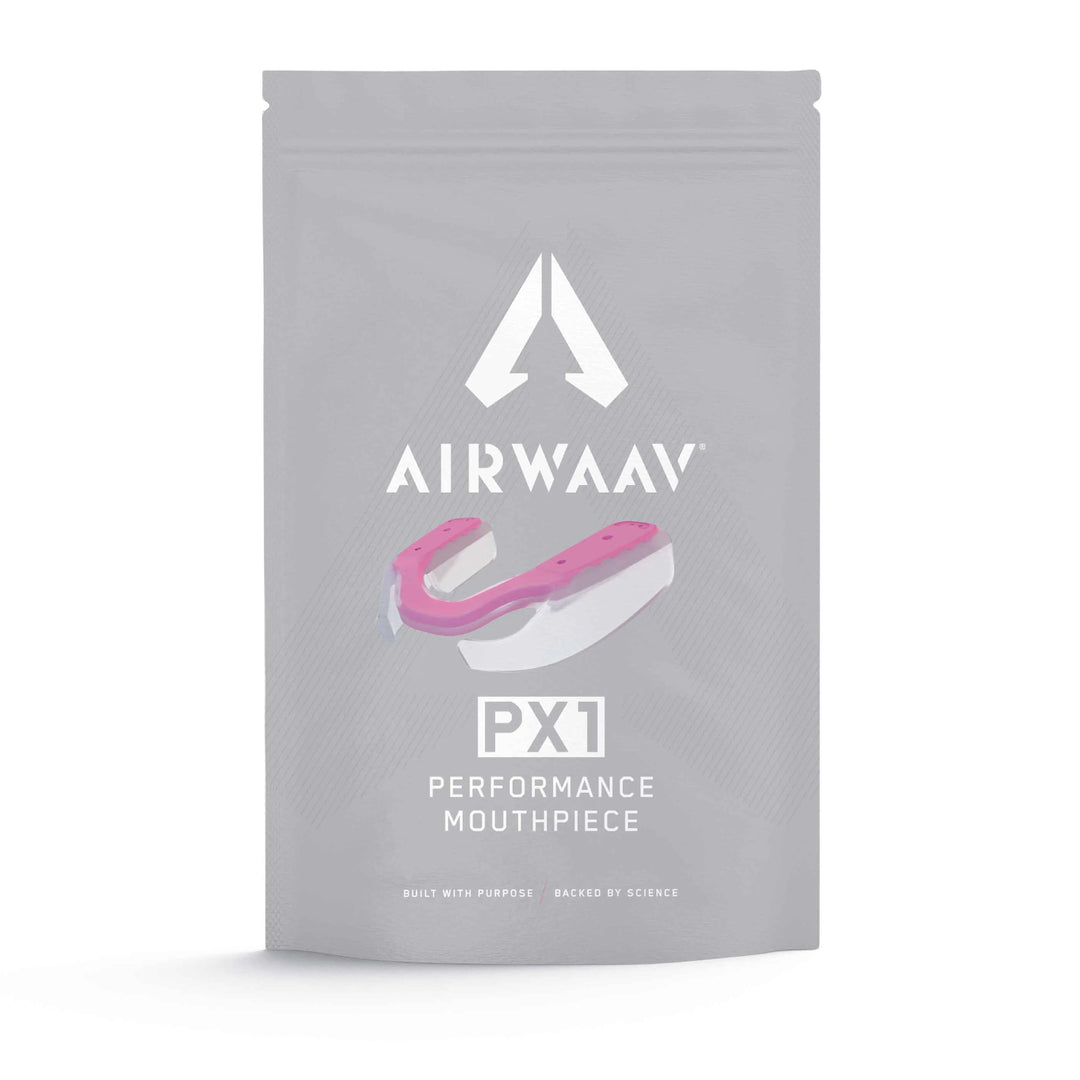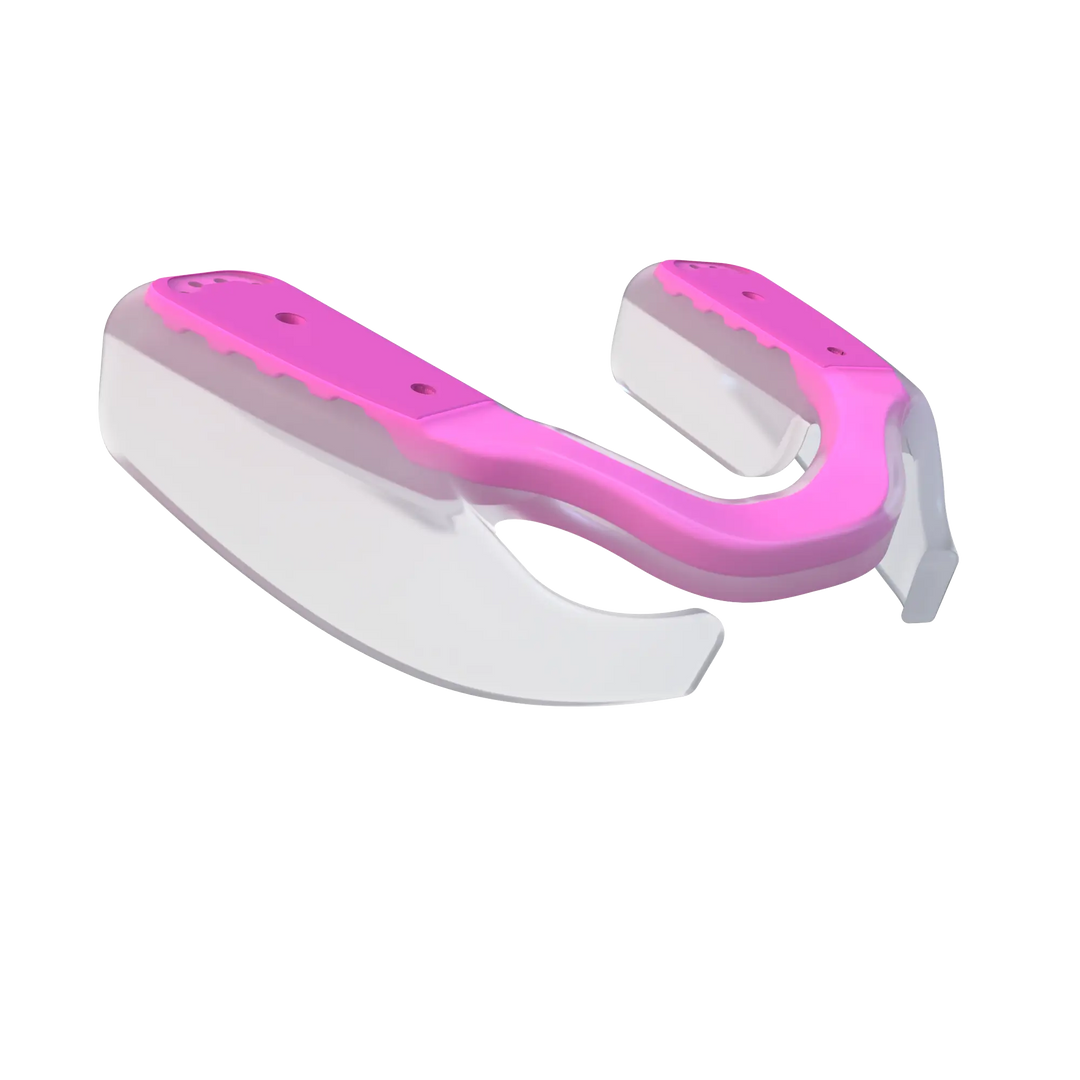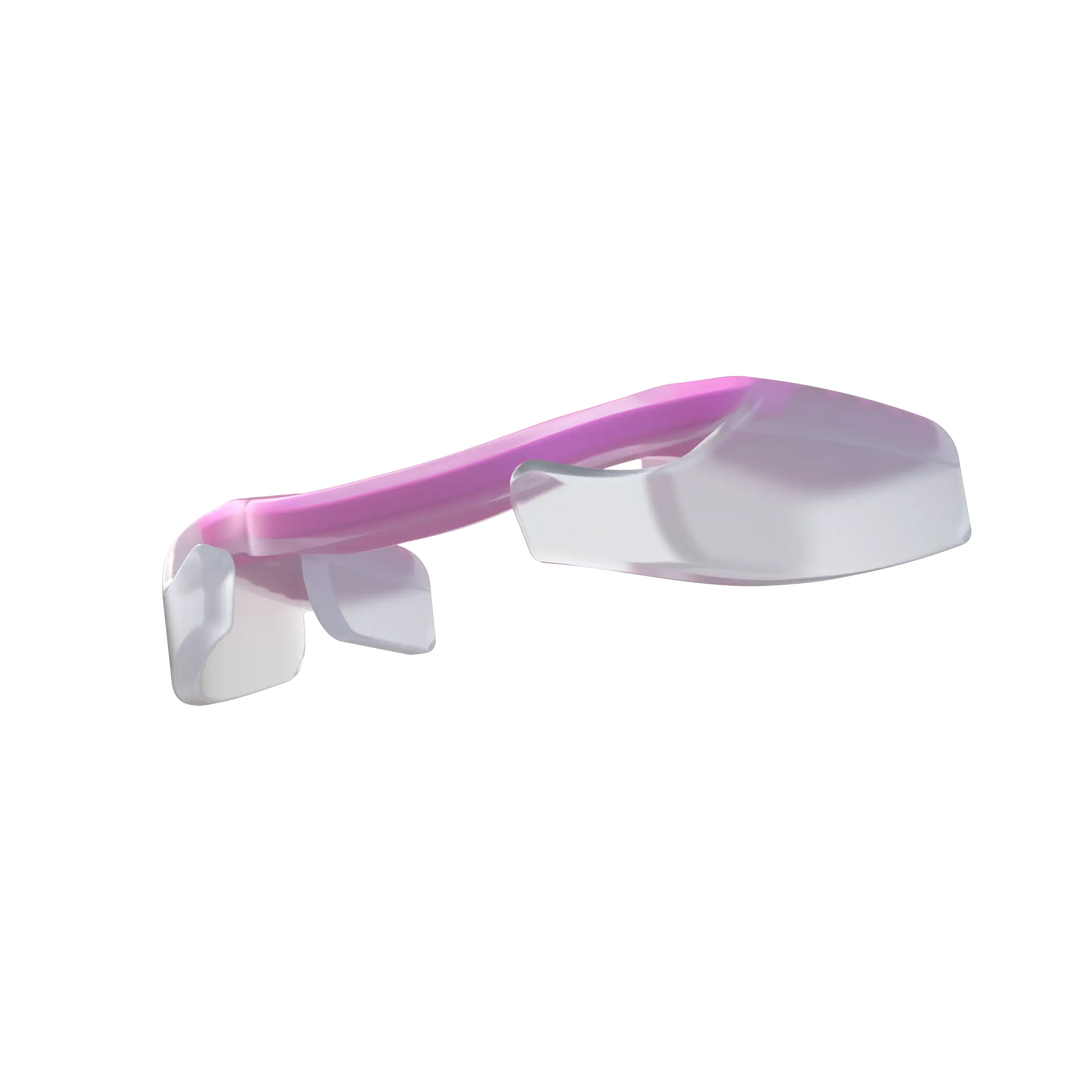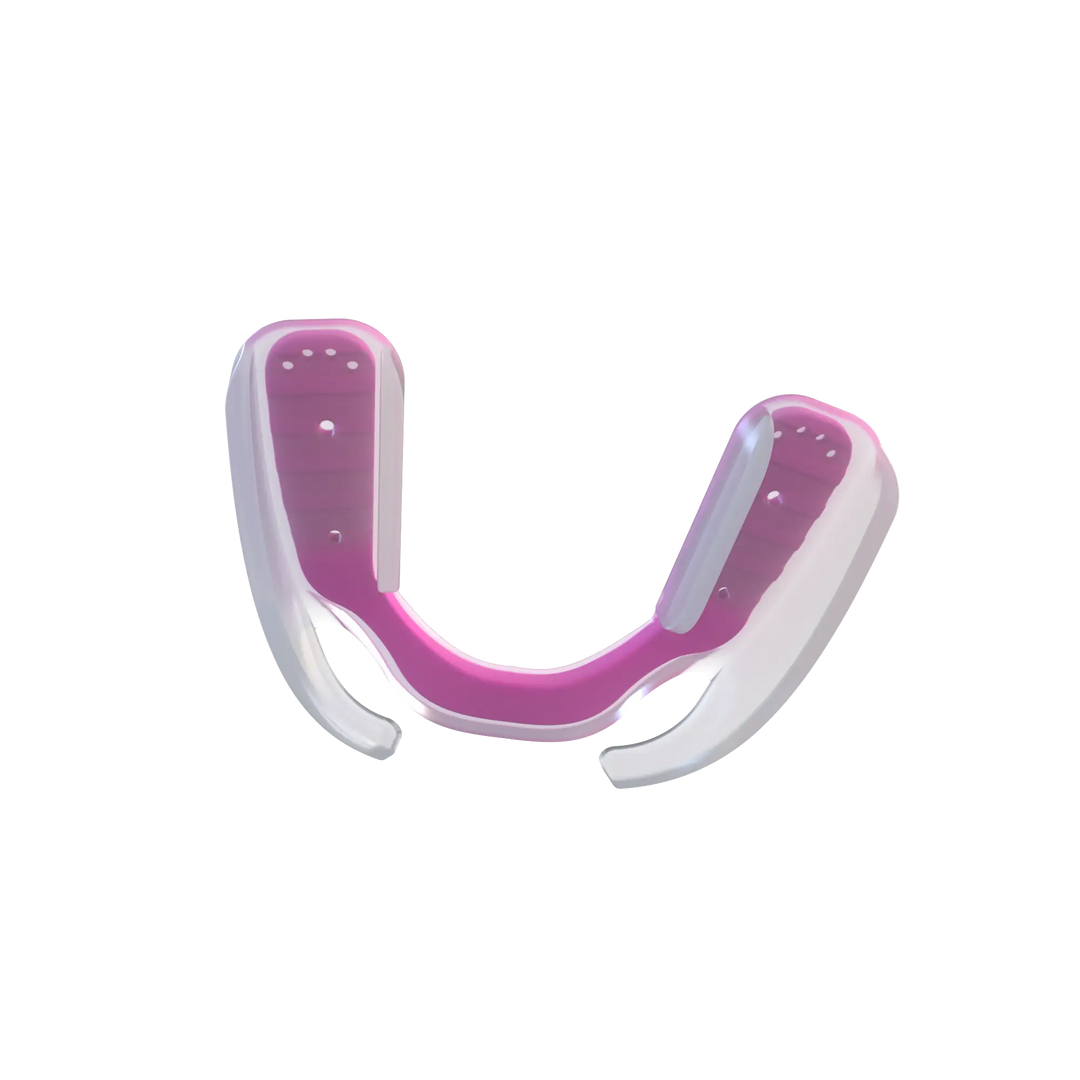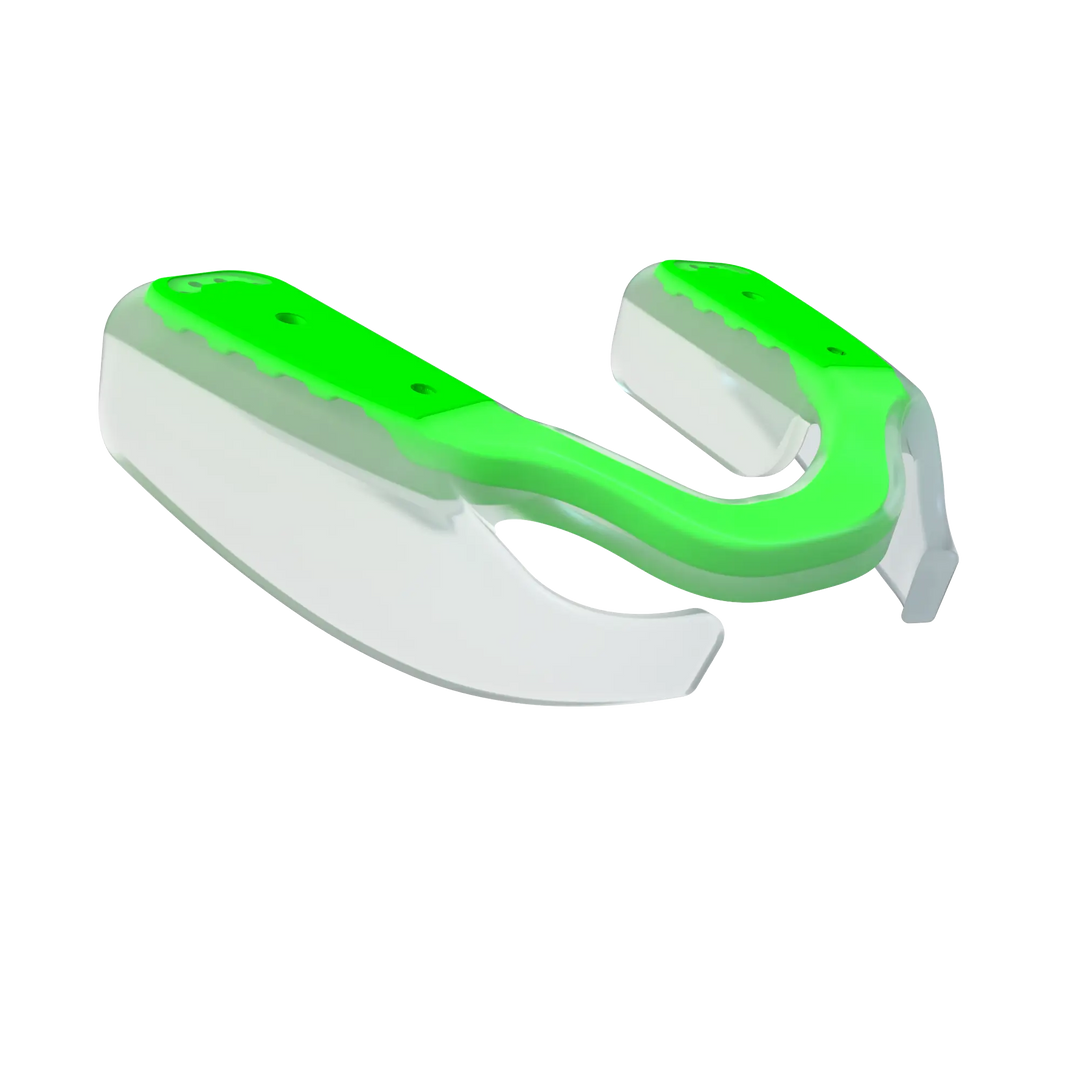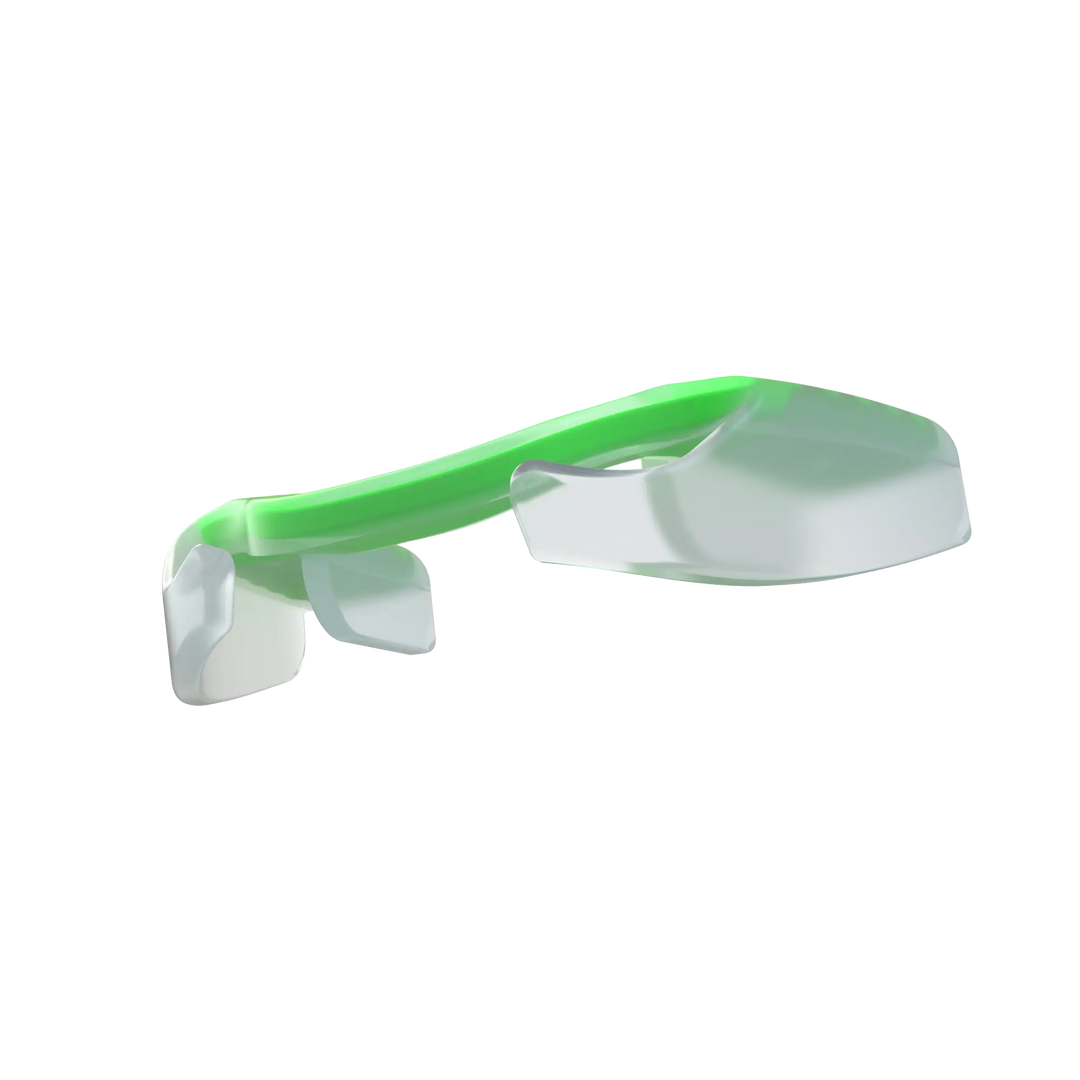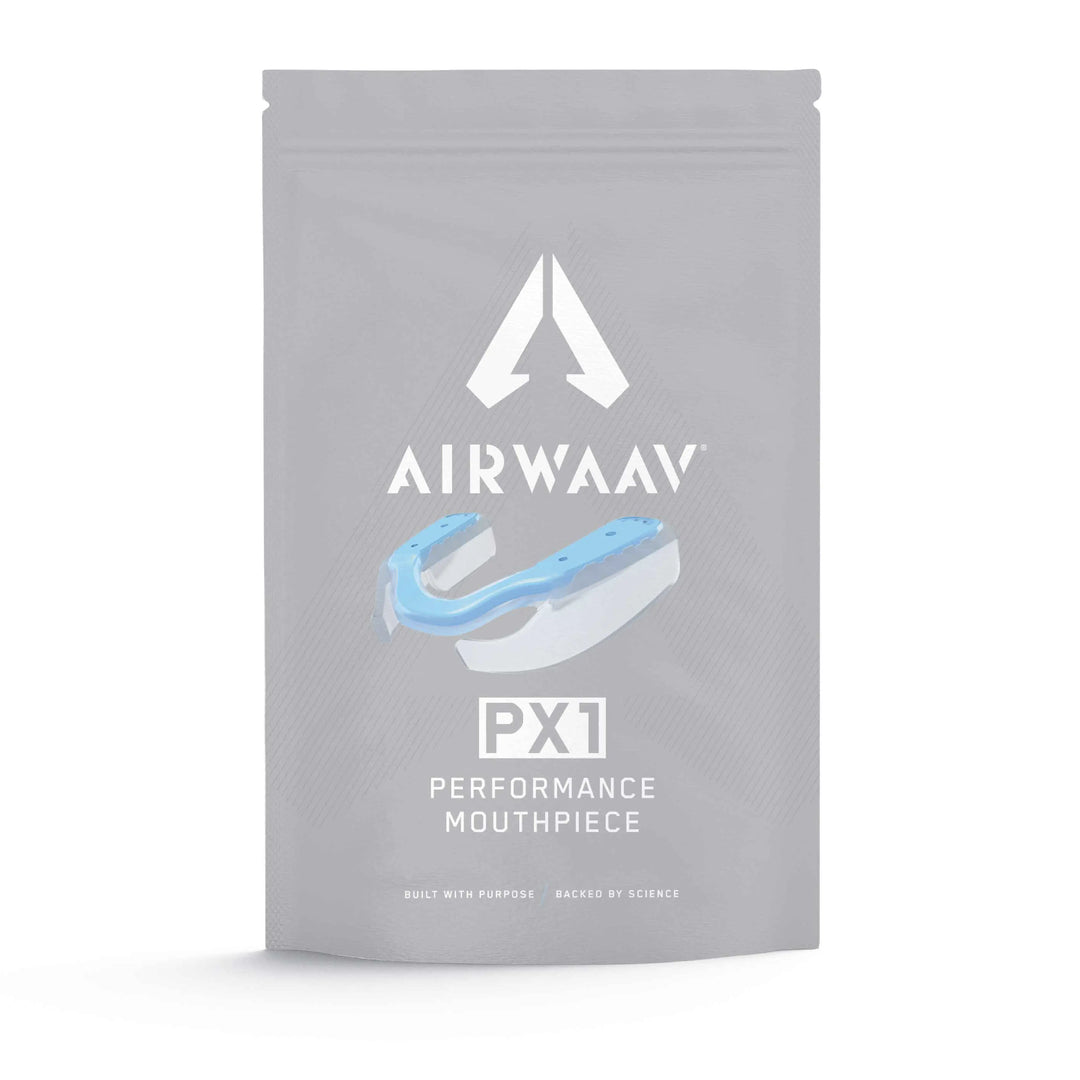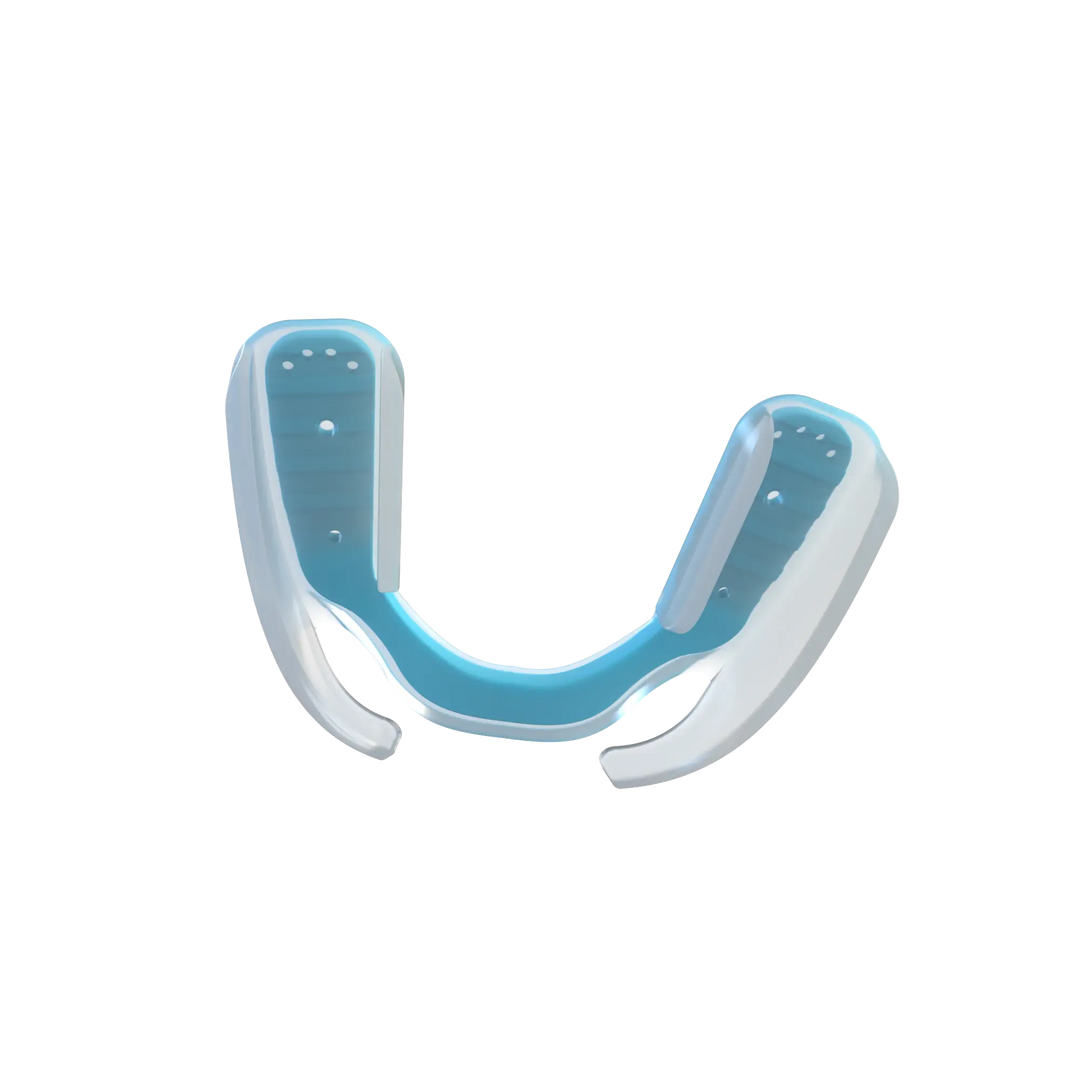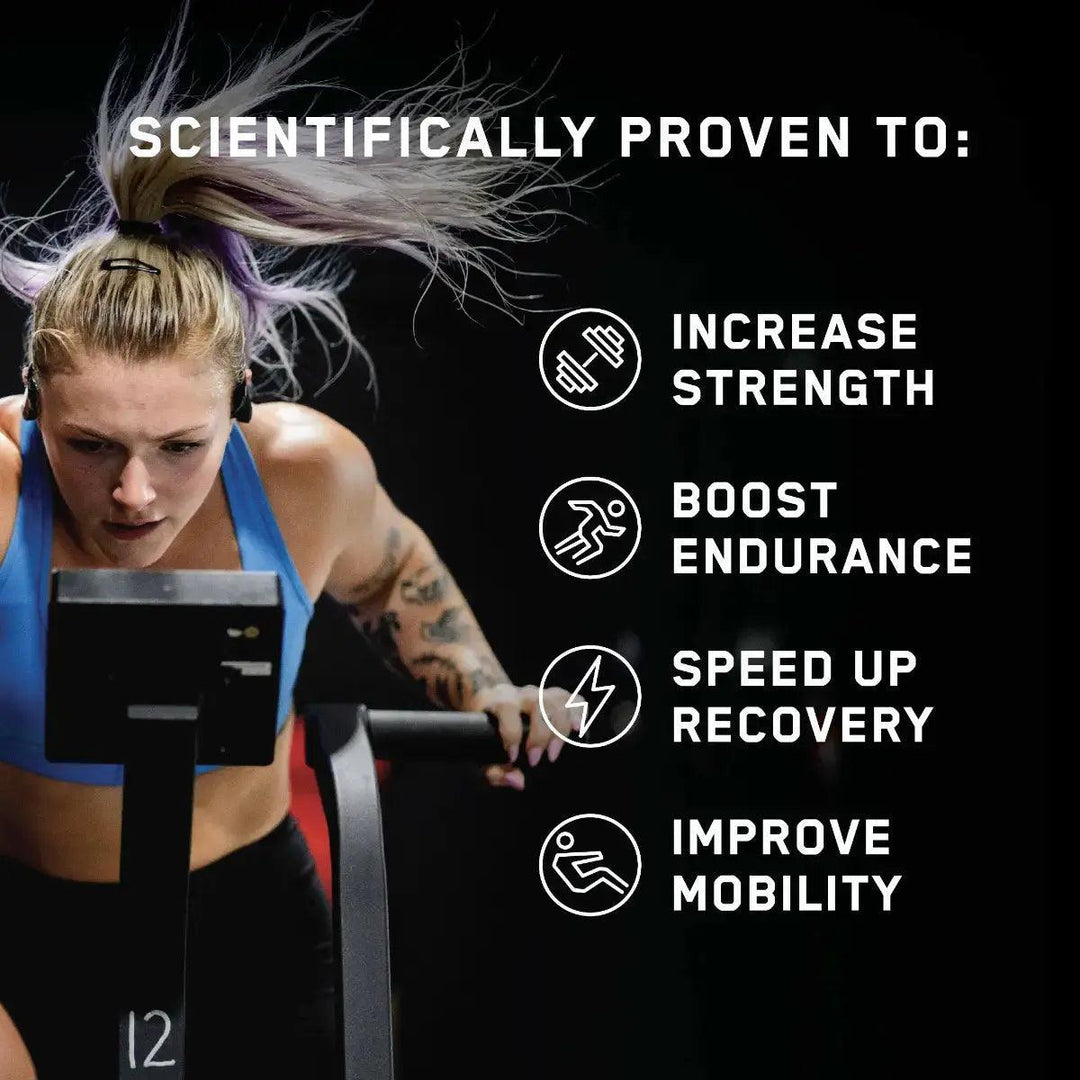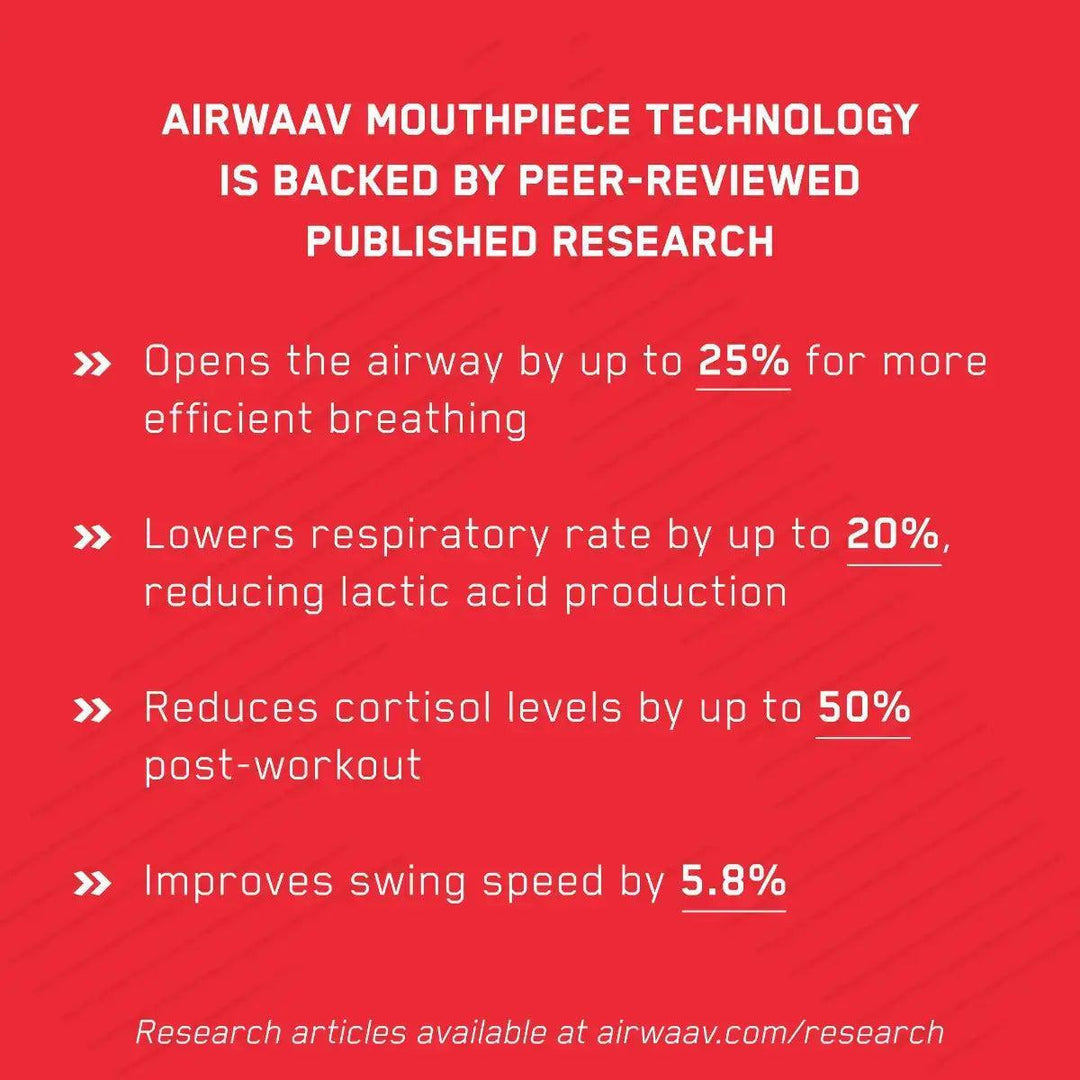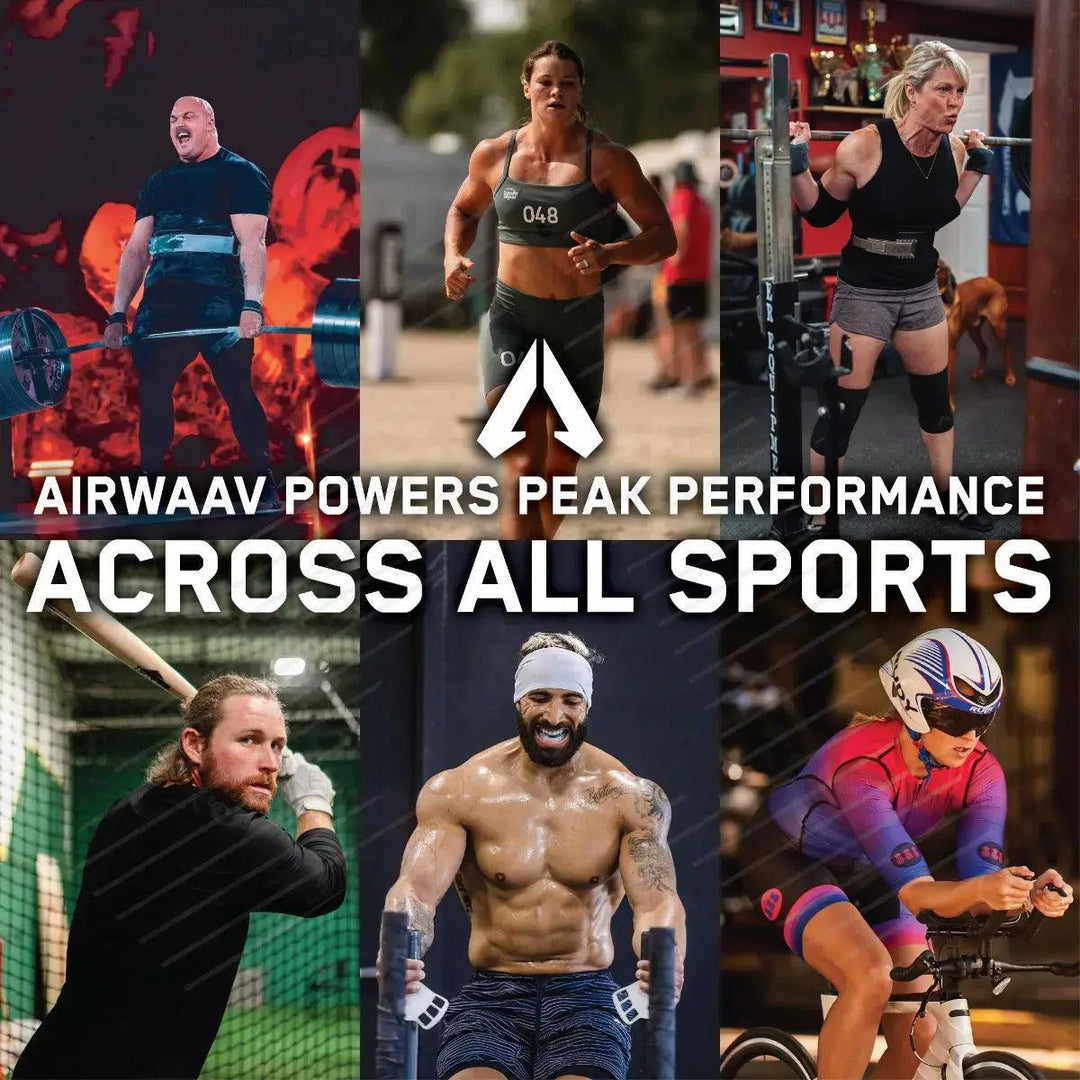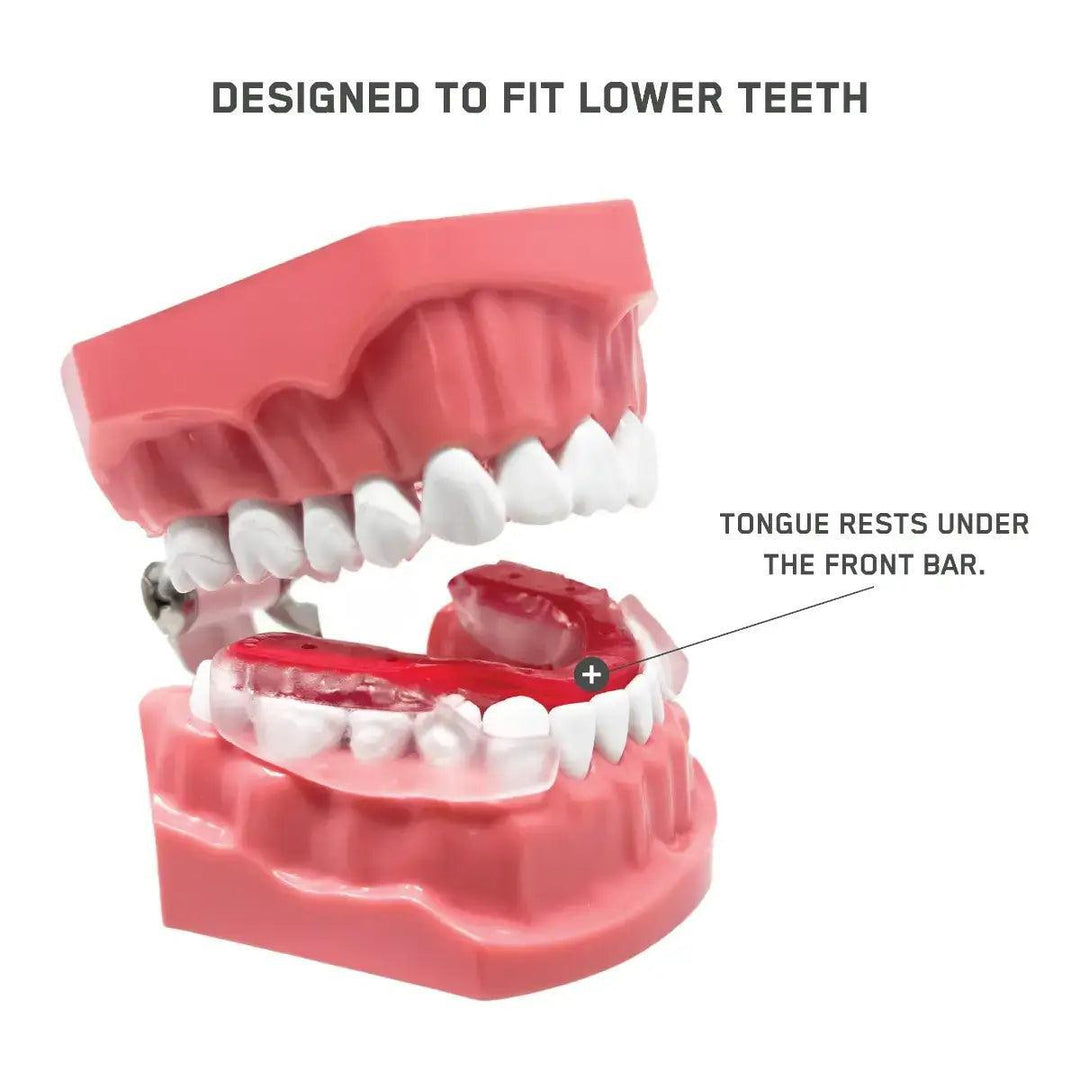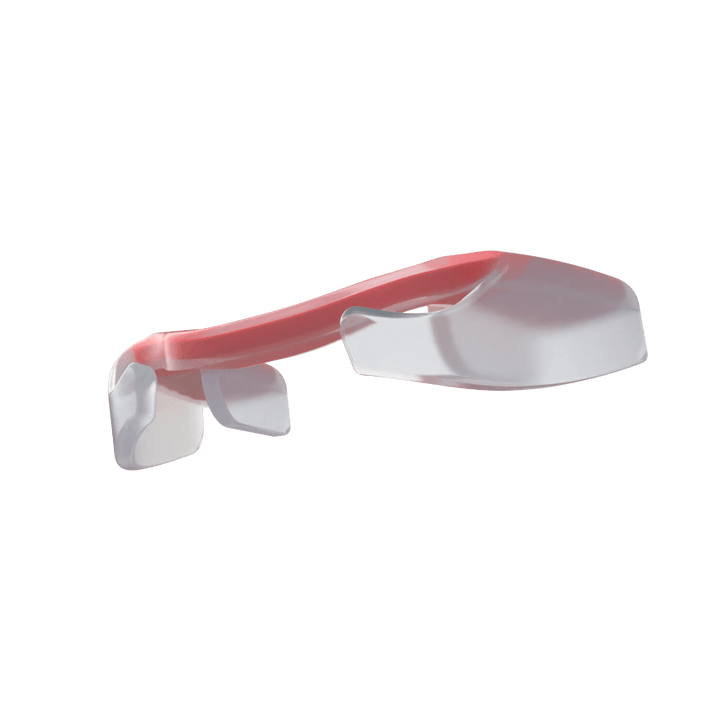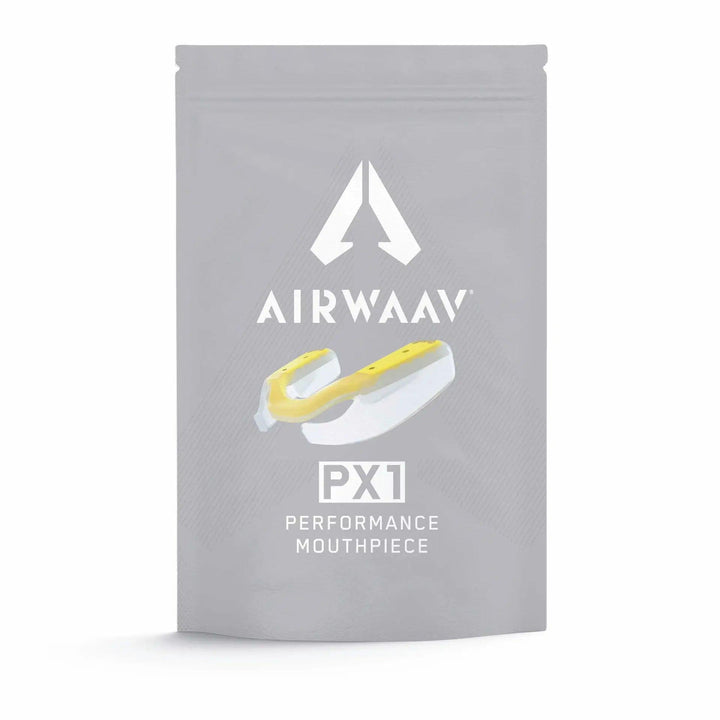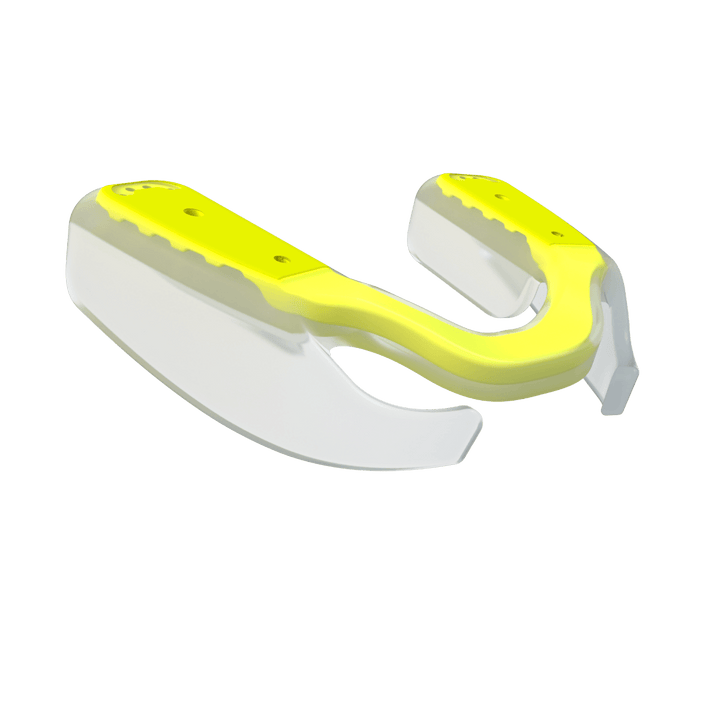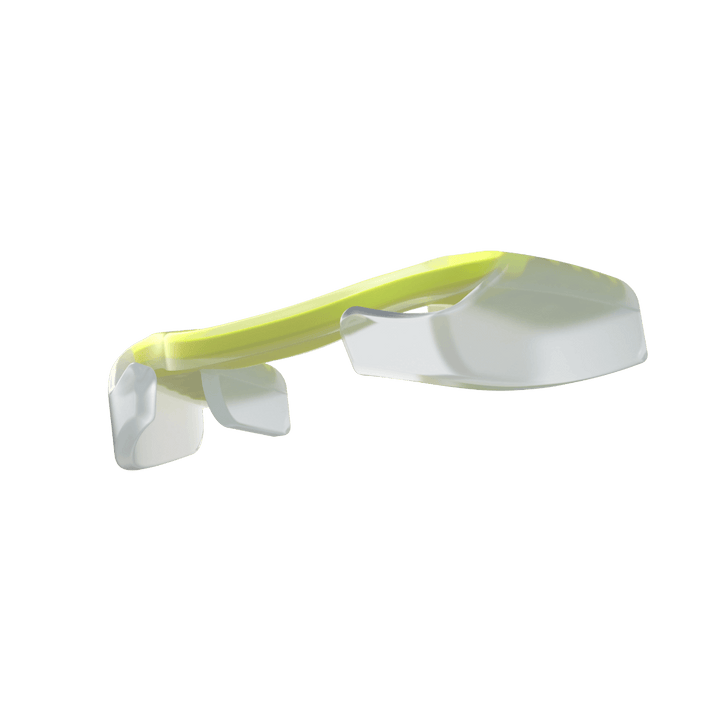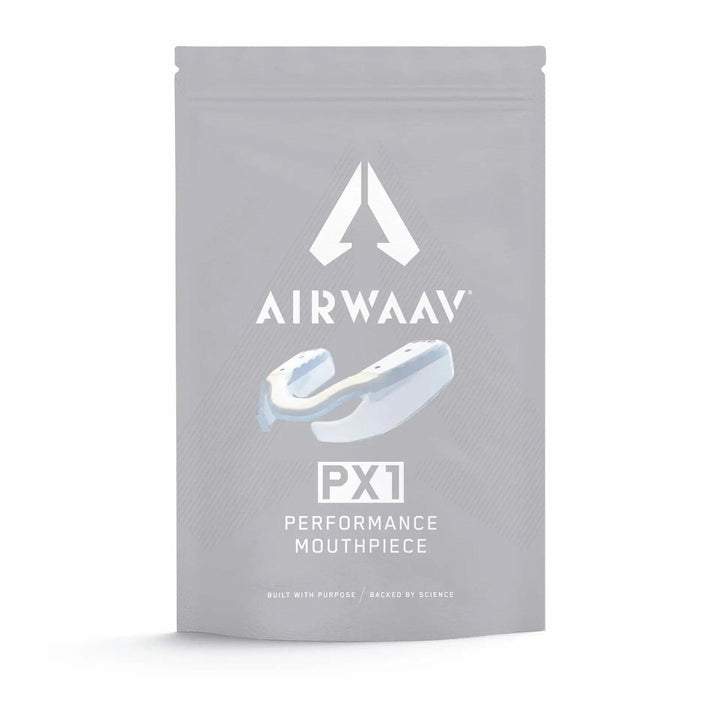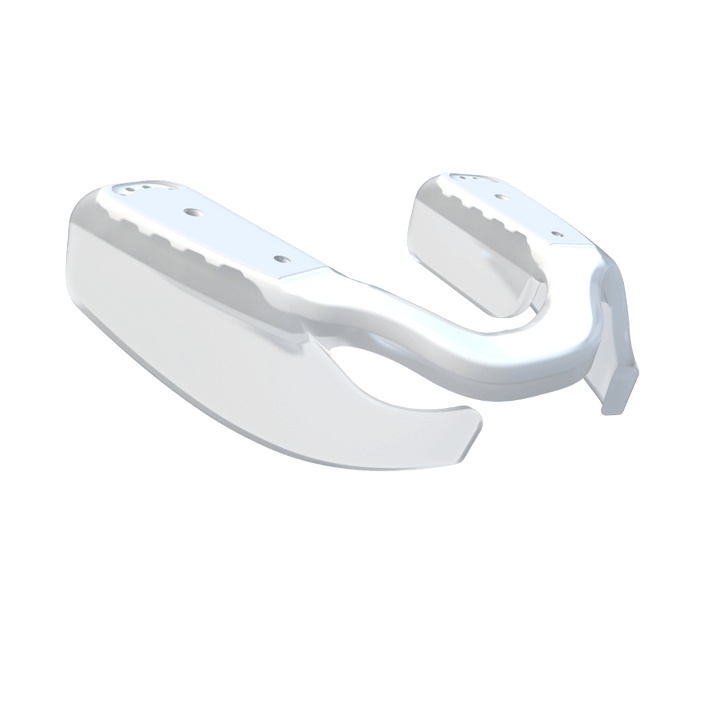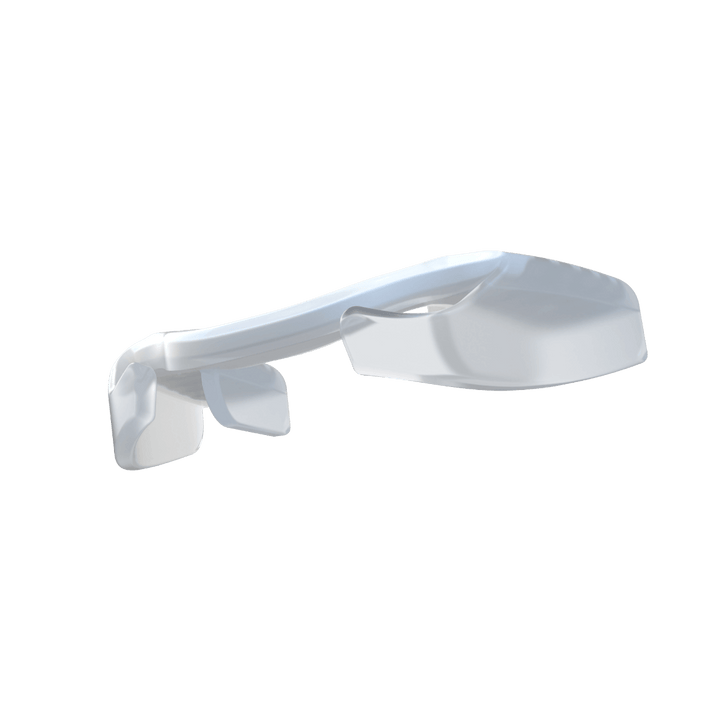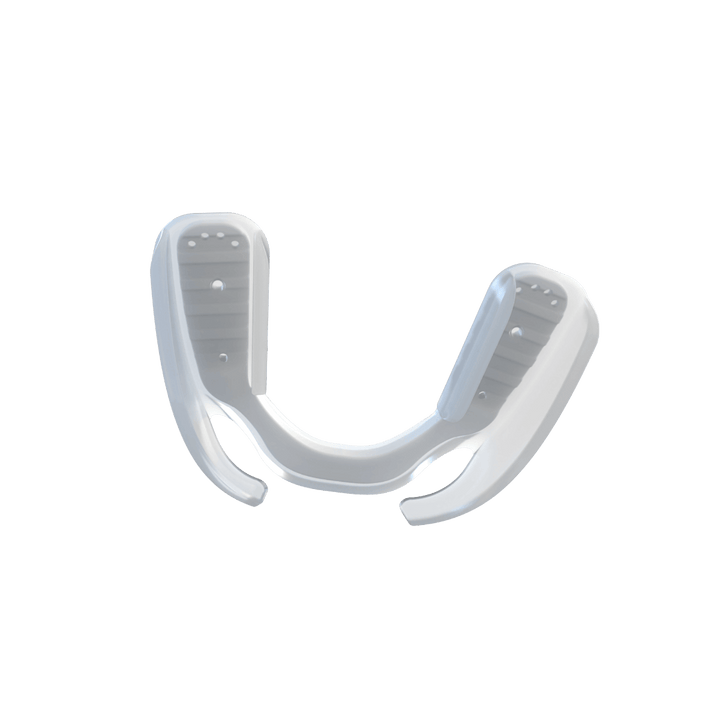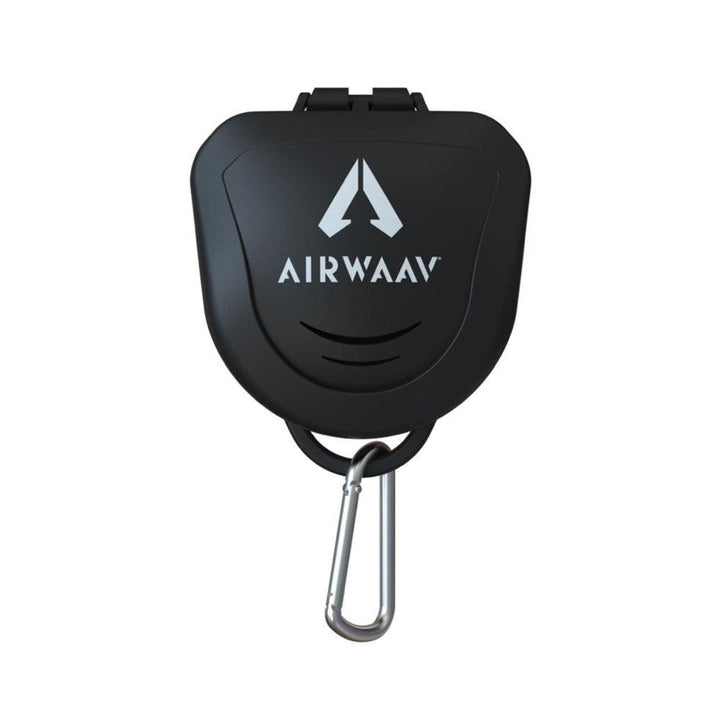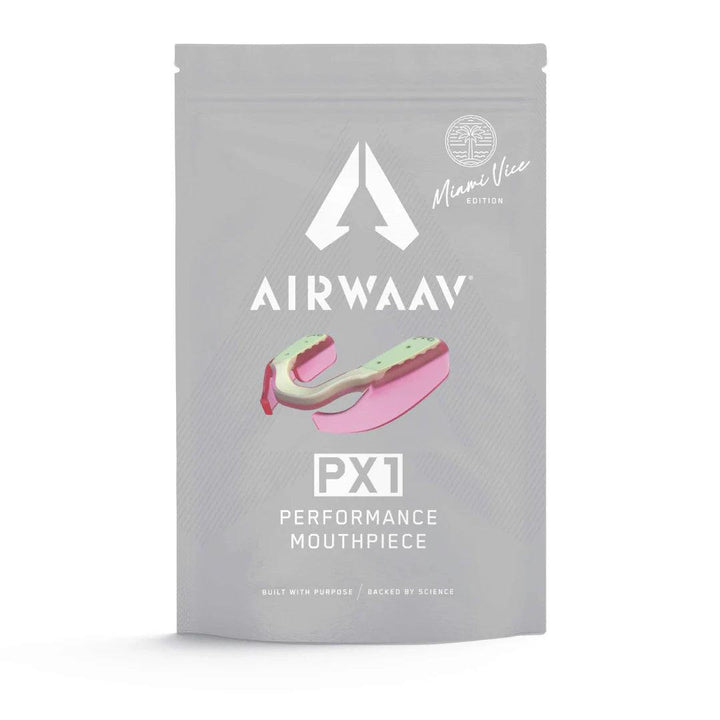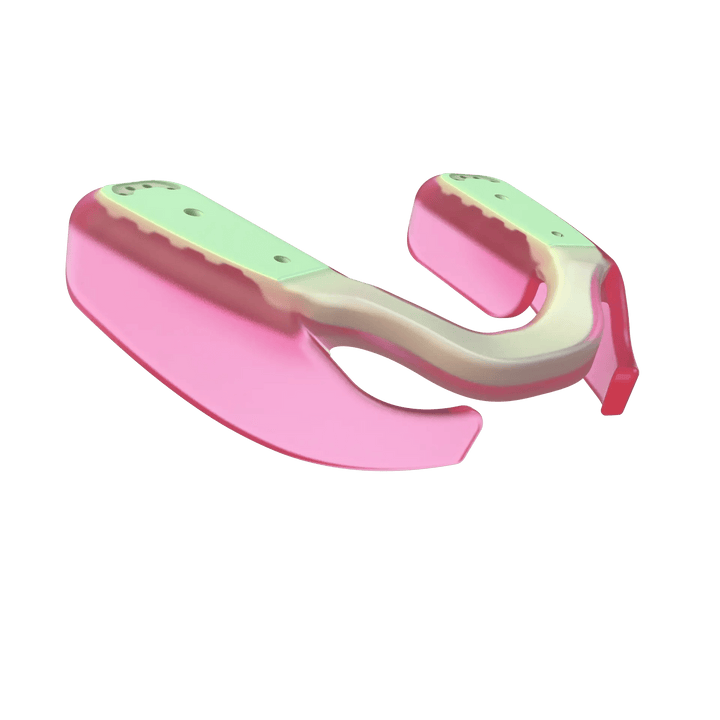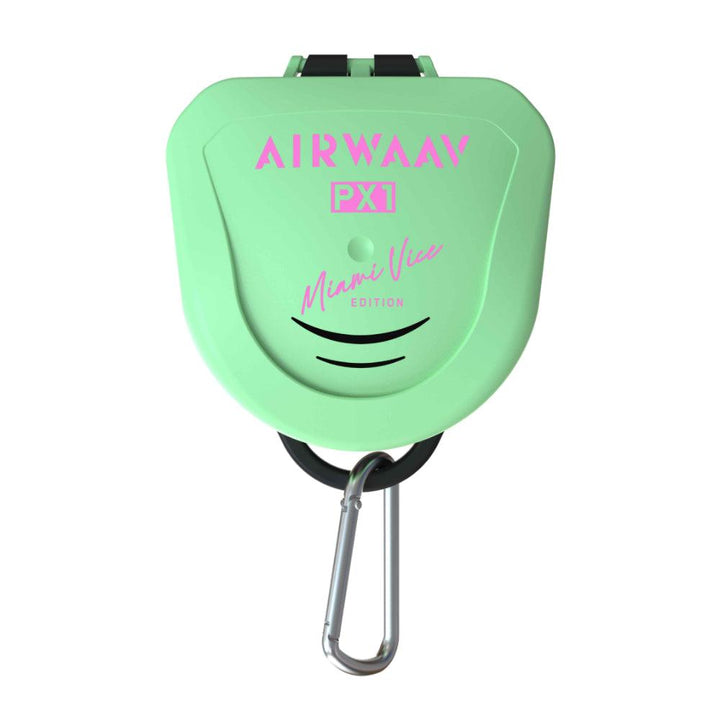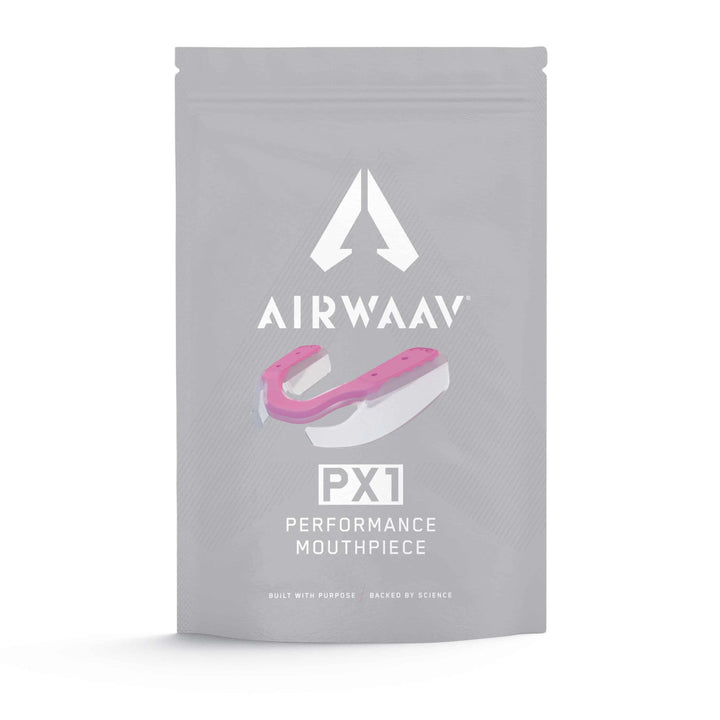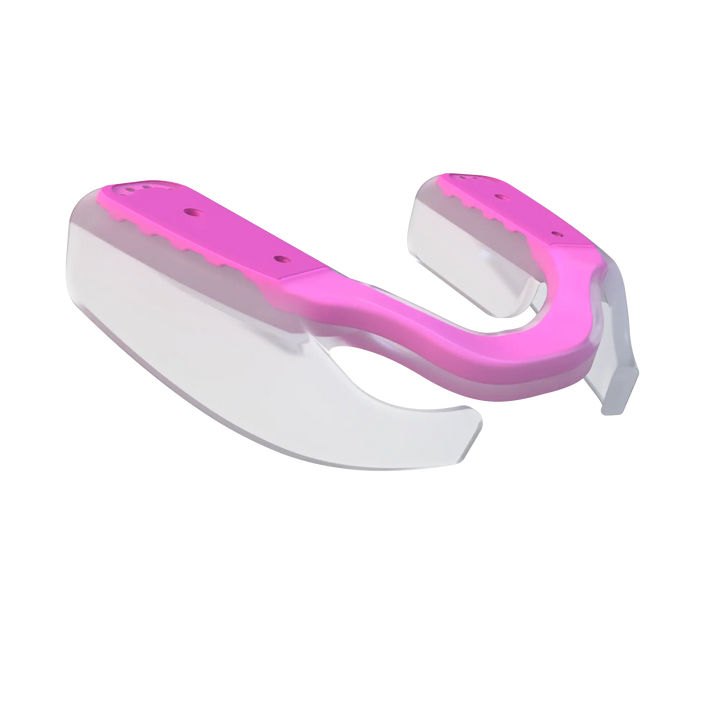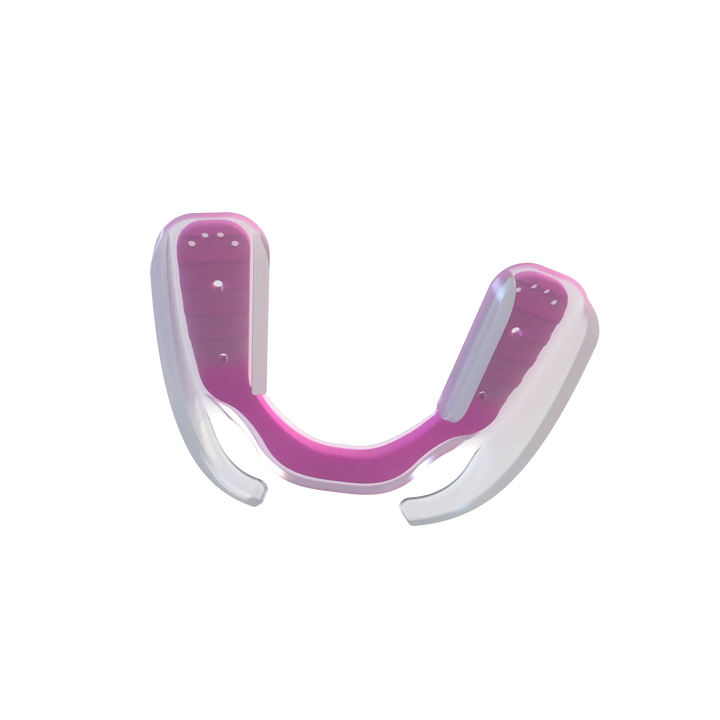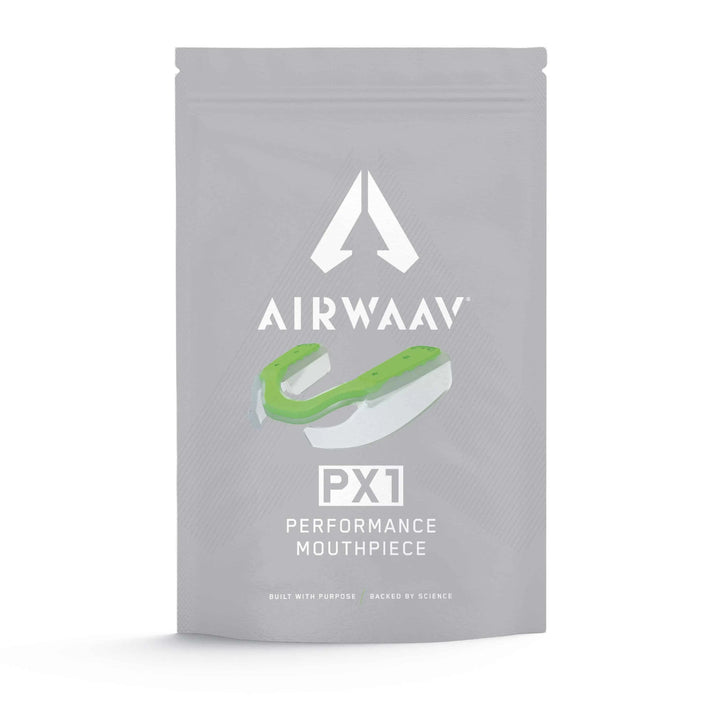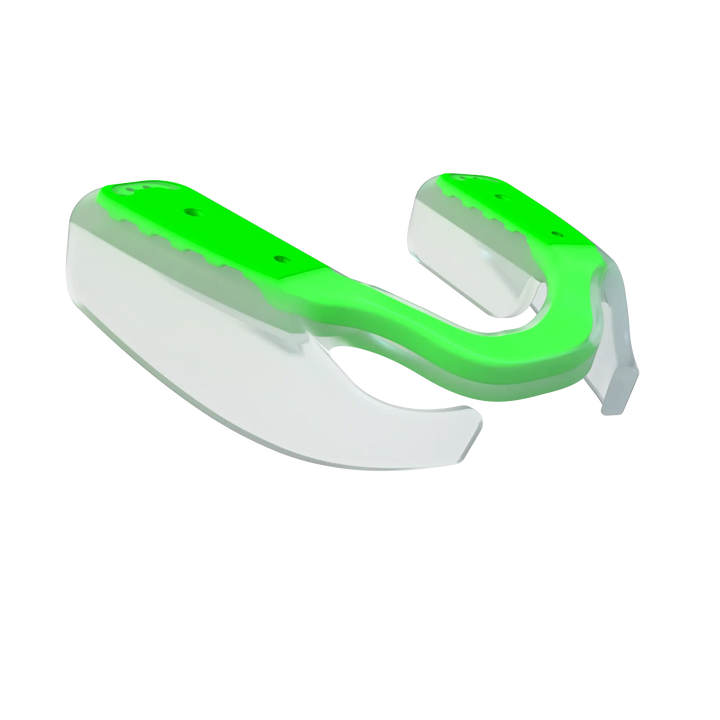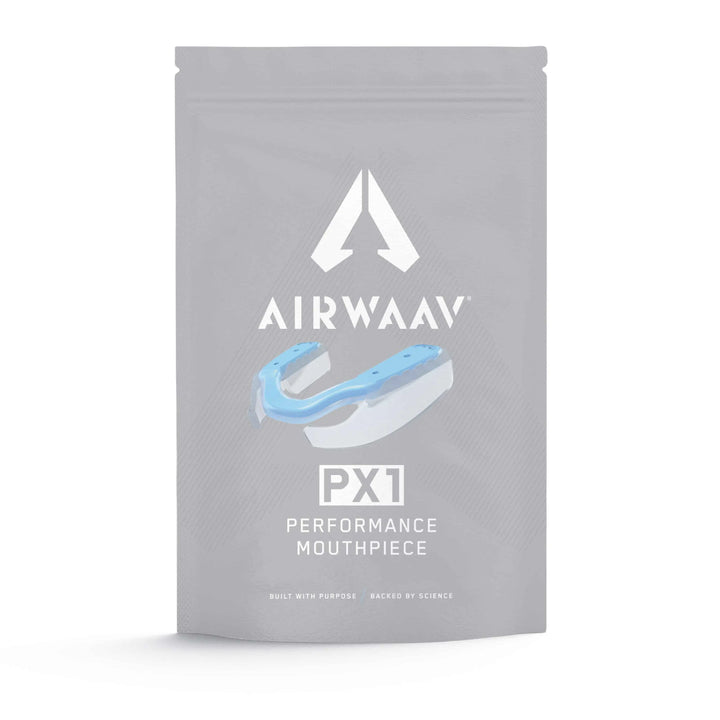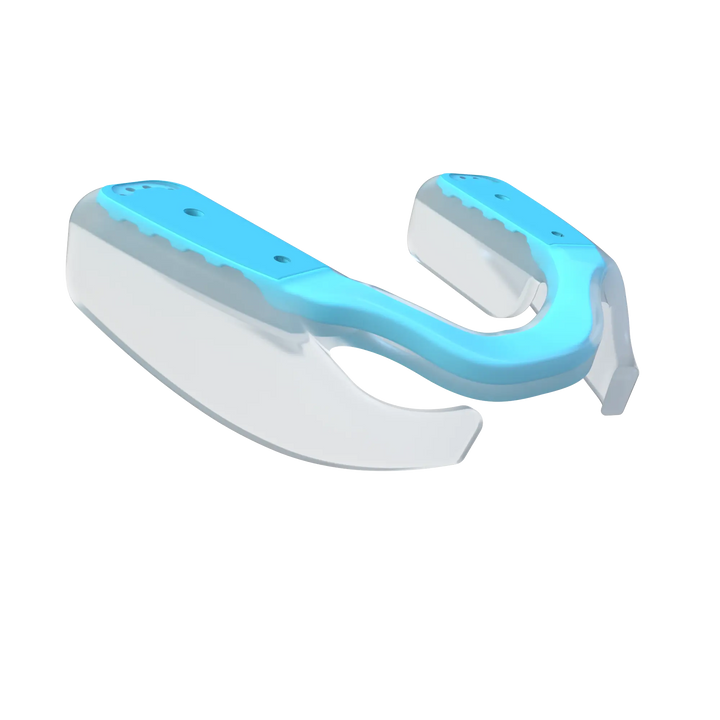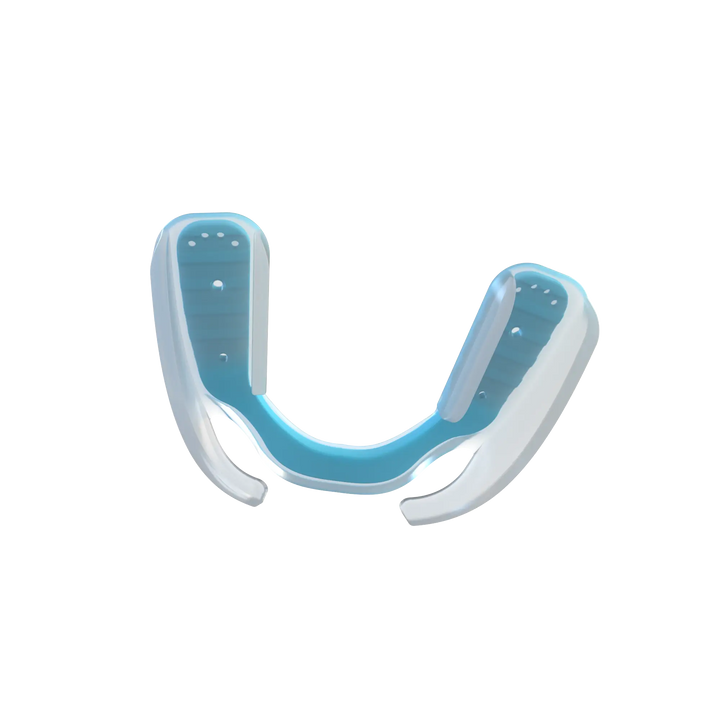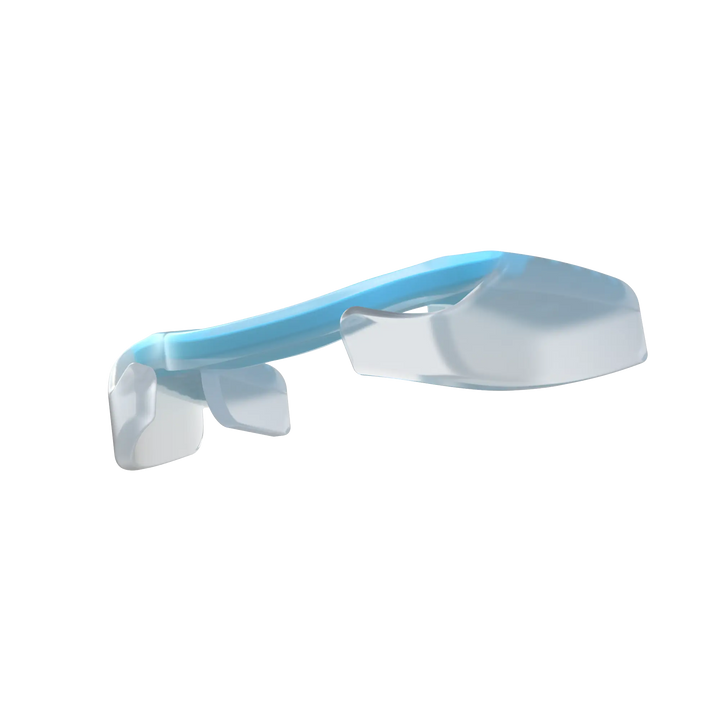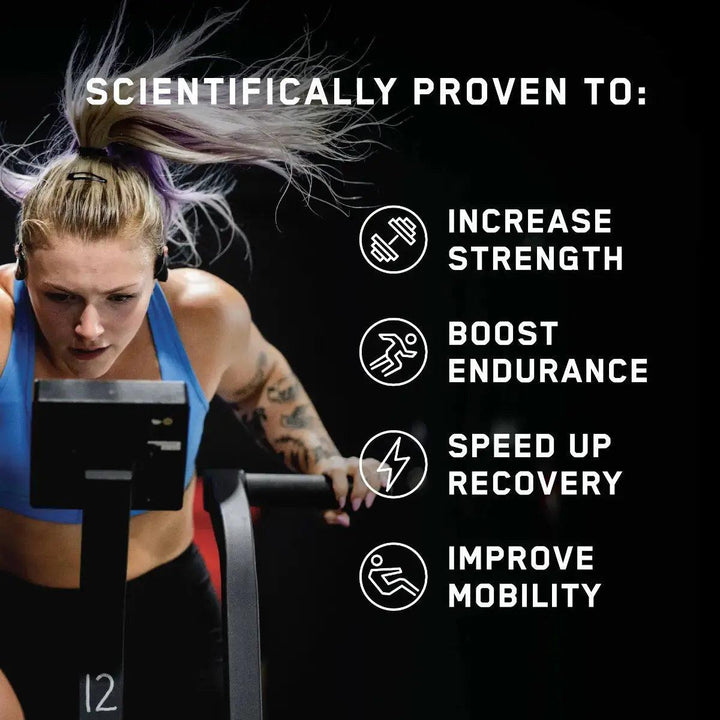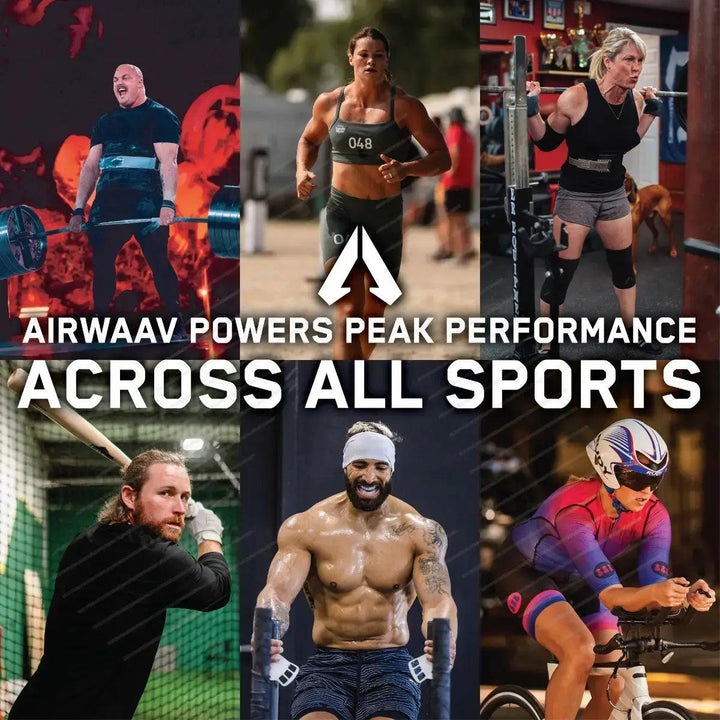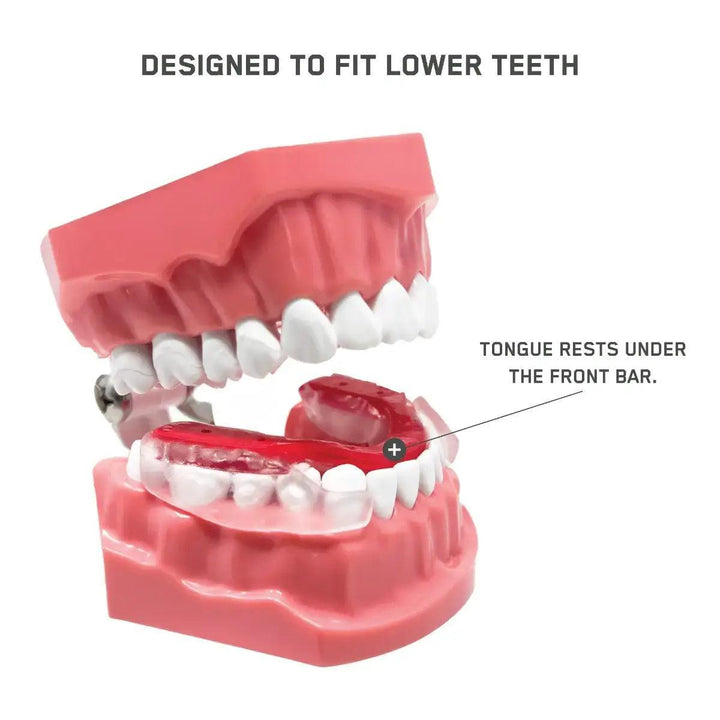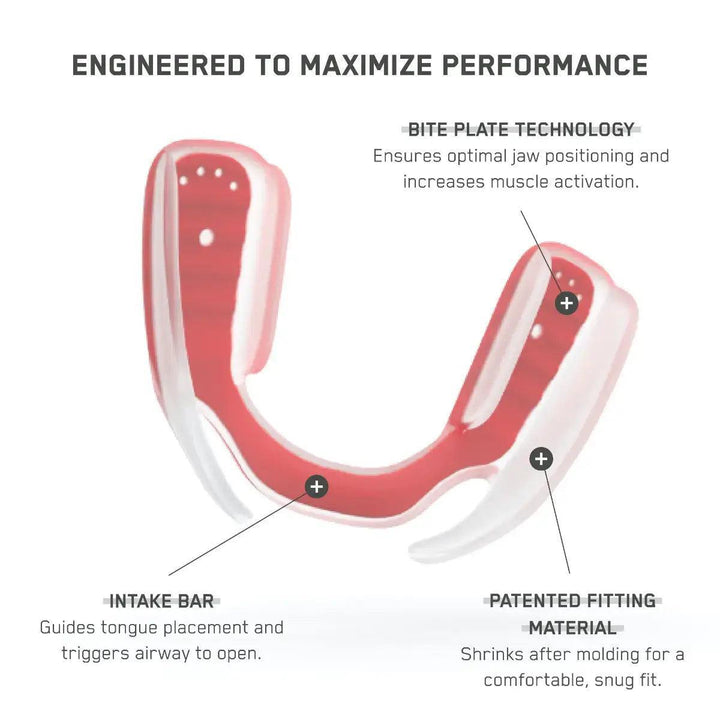How a Mouthpiece Can Help You Become a Better Athlete
Dr. Dena Garner, AIRWAAV Head of Research and Director of Undergraduate Research at The Citadel in Charleston, South Carolina, dives into a Q&A session on how a mouthpiece can help you become a better athlete as well as how athletes can breathe more efficiently and effectively both in training and during competition.
What are some of the common breathing mistakes athletes make?
Some of the most common breathing mistakes athletes make include holding their breaths and or hyperventilating. Calm breathing often goes out the door when intensity increases and one transitions to “fight or flight” mode. Naturally as one starts to increase the exercise intensity, breathing increases to match the oxygen demands required by the muscles to complete the exercise. At rest, nasal breathing is common for many people. However, with exercise and the increase in intensity, there is the addition of oral breathing to meet the work demands of the exercise.
With breathing, you have the integration of breathing and heart rate. Breathing or respiration is the process of breathing in and out. Heart rate varies with breathing so that when one breathes in, heart rate increases, and with the breath out, heart rate decreases. For example, if your average heart rate is 60 beats per minute, the inhalation may be 80 beats while the exhalation is 40 beats, with the average being 60 beats per minute. The change in heart rate linked with inhalation and exhalation is called Respiratory Sinus Arrhythmia (RSA). With athletes, one study cited improved RSA outcomes as compared to sedentary individuals. Additionally, other studies have cited the impact of deep and slow breathing as having a positive effect on RSA due to the body’s improved ability to extract oxygen from the blood. A final factor to consider is the timing between heartbeats, which is called heart rate variability. Recent research cites that an increased HRV indicates an improved ability to recover and adapt. Thus, as one exercises and thinks about breathing, there are many factors to consider as it relates to breathing which include the integration of heart rate and respiratory rate. Calmer breathing not only affects the acute aspect of exercise, but researchers continue to uncover the importance of deeper, calmer breathing on other factors such as cognitive function, mood, and stress.
How does AIRWAAV's performance mouthpiece help to optimize breathing and breathing efficiency? How exactly does it work?
During exercise, we do not typically think about breathing. We just breathe. But that can be missing a critical piece in our exercise success. Based on the emerging literature, it is important to maximize our respiratory rate to maximize calm and slow breathing during exercise. When we do not invest in proper breathing mechanics, then we naturally increase the respiratory rate to match the oxygen demands. Of course, there are other complaints associated with athletes and breathing issues which can be categorized as dyspnoea and result in the athlete feeling out of breath, but this is not an aspect covered in this article.
Thus, maximizing respiratory rate function is one aspect to promote calmer, slower breathing. The AIRWAAV works to provide a slight shift in one’s lower jaw and guide the tongue to the floor of the mouth and facilitate tongue contraction, thereby slowing respiratory rate during exercise. Research has cited the importance of tongue contraction and placement on the floor of the mouth versus at the palate (top of the mouth) in order to widen the pharyngeal area in one's throat. Research has shown that the AIRWAAV also decreases respiratory rate (breathing rate) while also maintaining the oxygen levels that are similar to a no mouthpiece condition.
What does the science say about using a breathing device while working out?
Not only does the AIRWAAV improve respiratory rate by approximately 10 percent, but research cites that a mouthpiece can facilitate more repetitions, decrease fatigue, and decrease cortisol and lactate levels. As it relates to resistance exercise and mouthpiece use, research has cited a 51% lowering of cortisol levels. Thus, there is evidence that wearing an oral device such as the AIRWAAV Performance Mouthpiece with your tongue in the proper position down and forward will result in improved respiratory outcomes. This will result in a lower respiratory rate and fewer breaths required over a period of time. Additionally, research cites that lowered respiratory rate is correlated with lowered perceived exertion, which could result in one’s ability to exercise at a higher intensity during a given exercise session.
Beyond using a breathing device, what are 3-5 tips to help athletes breathe more effectively during workouts or in competition?
- Do not hold your breath during exercise
- Focus on your breathing, keeping it calm and controlled
- Keep your head up and straight
What other things/exercises/breathing drills can people do to get them breathing more effectively?
Various breathing techniques can be utilized and implemented to enhance lung function and capacity while developing breath awareness. Rhythmic breathing and a focus on breathing form are both important steps to breathing more efficiently and effectively. Different breathing exercises resonate with different people, so it is important to find what works best for you as an individual. Below are a few common breathing exercises:
- alternate nostril breathing, known as nadi shodhana
- equal breathing
- rib-stretch breathing
- numbered breathing
- pursed-lips breathing







